Other travel notes
- European bathing locations
- Bosanski Brod - how the other half live
- Pianos in France
- A slice of Brod
- World heritage sites
- Barcelona by bike
- The biodiversity of dragons' teeth
- French night trains
- Let's Go! - exploring Gorizia and Nova Goriza
- A lasting legacy
- Plan-free London to Morocco
- Meet and Greet Brussels
- Meet and Greet Lubeck
- What are the chances of missing a connection?
- Sports report
- Sunnyland - an anti-war advert?
- Swedish night trains
- The architecture tram
- Third Place
- Taking the train to Spain
- Could this problem-solver solve today's biggest problems?
- A divine solution to the Zaragoza Delicias problem
How do you solve a problem like Monturiol?
The pretty little port of Cadaqués, a short scenic bus ride from Figueres, is a popular place to visit.

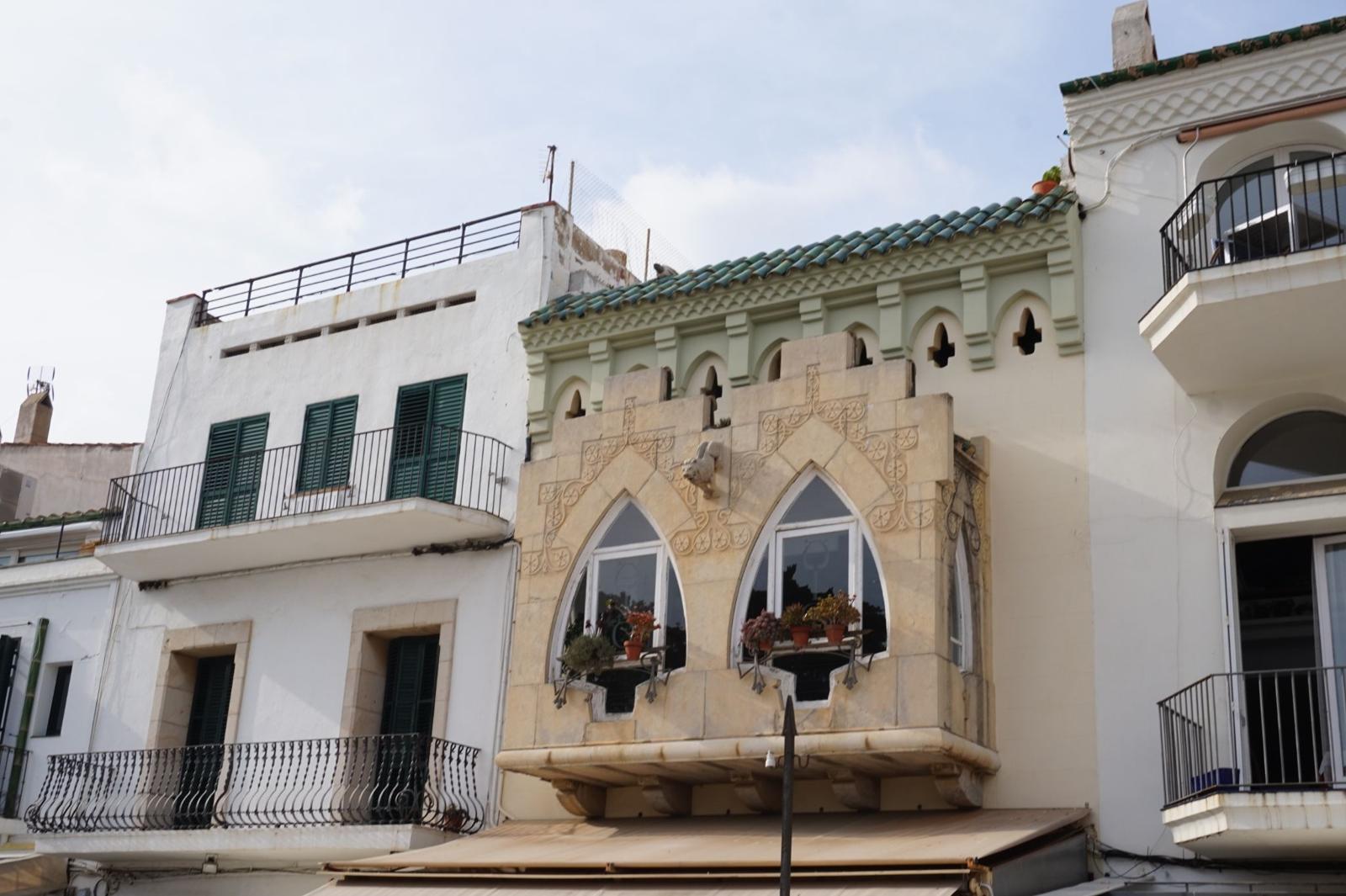
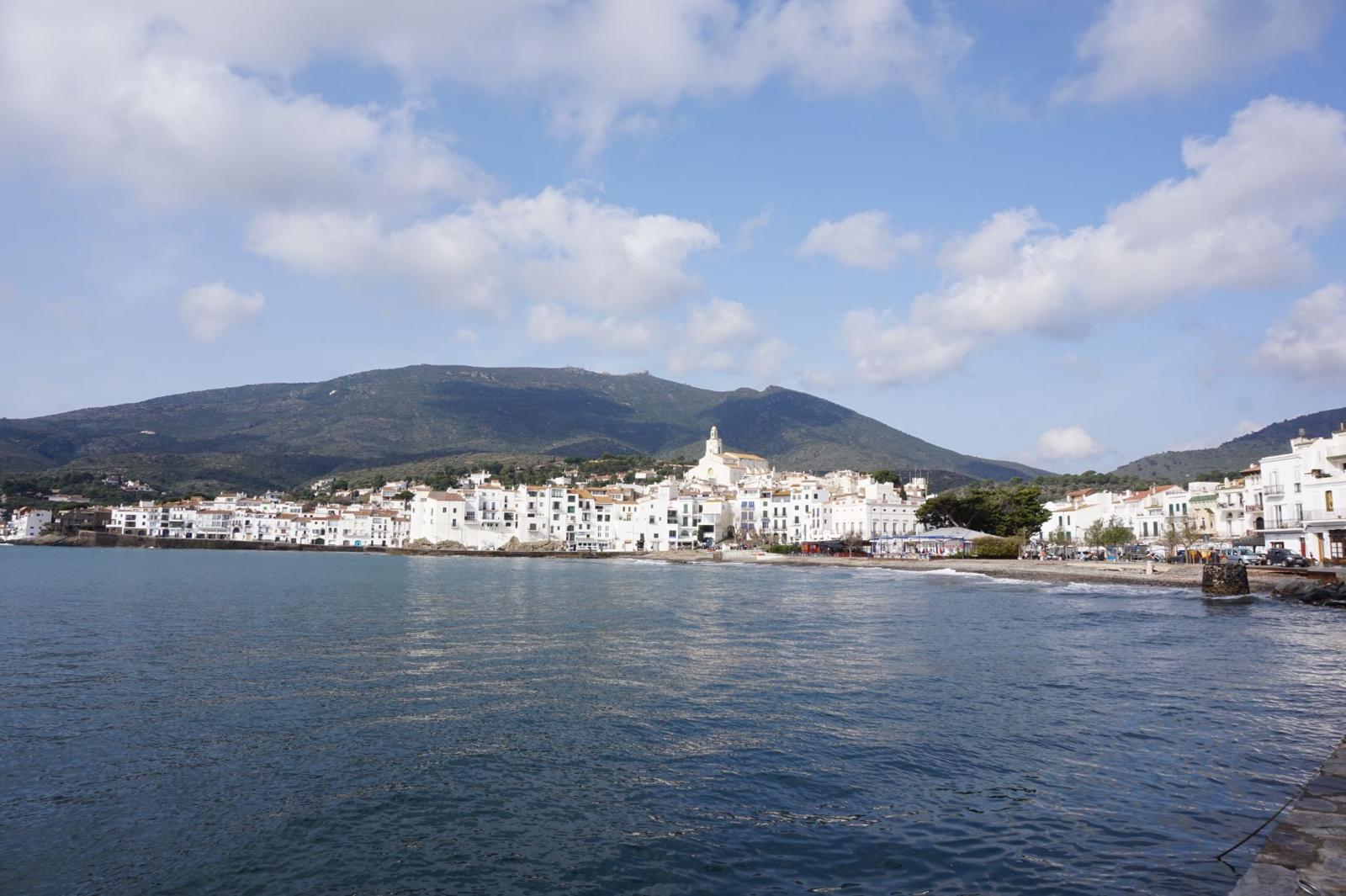
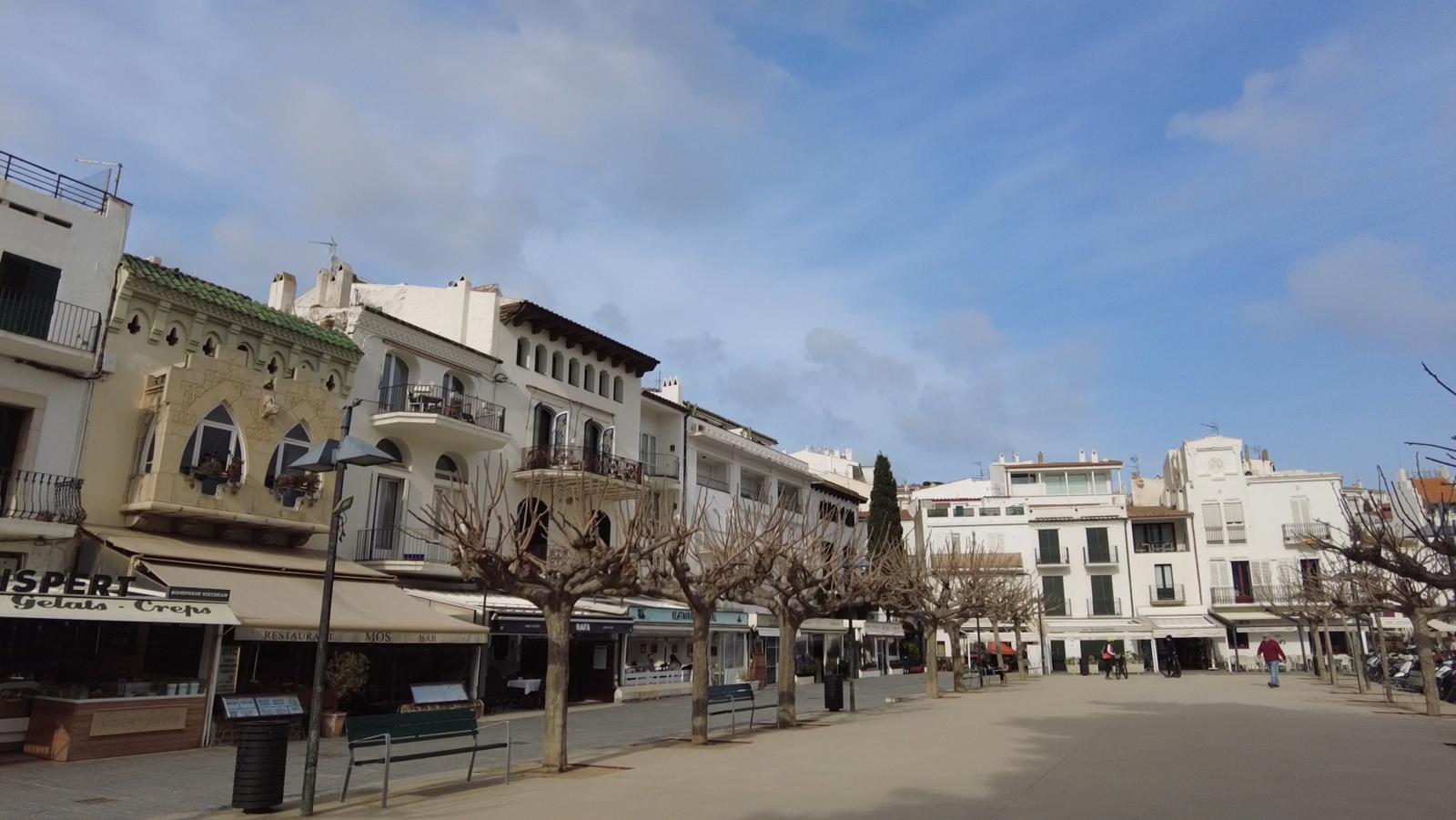
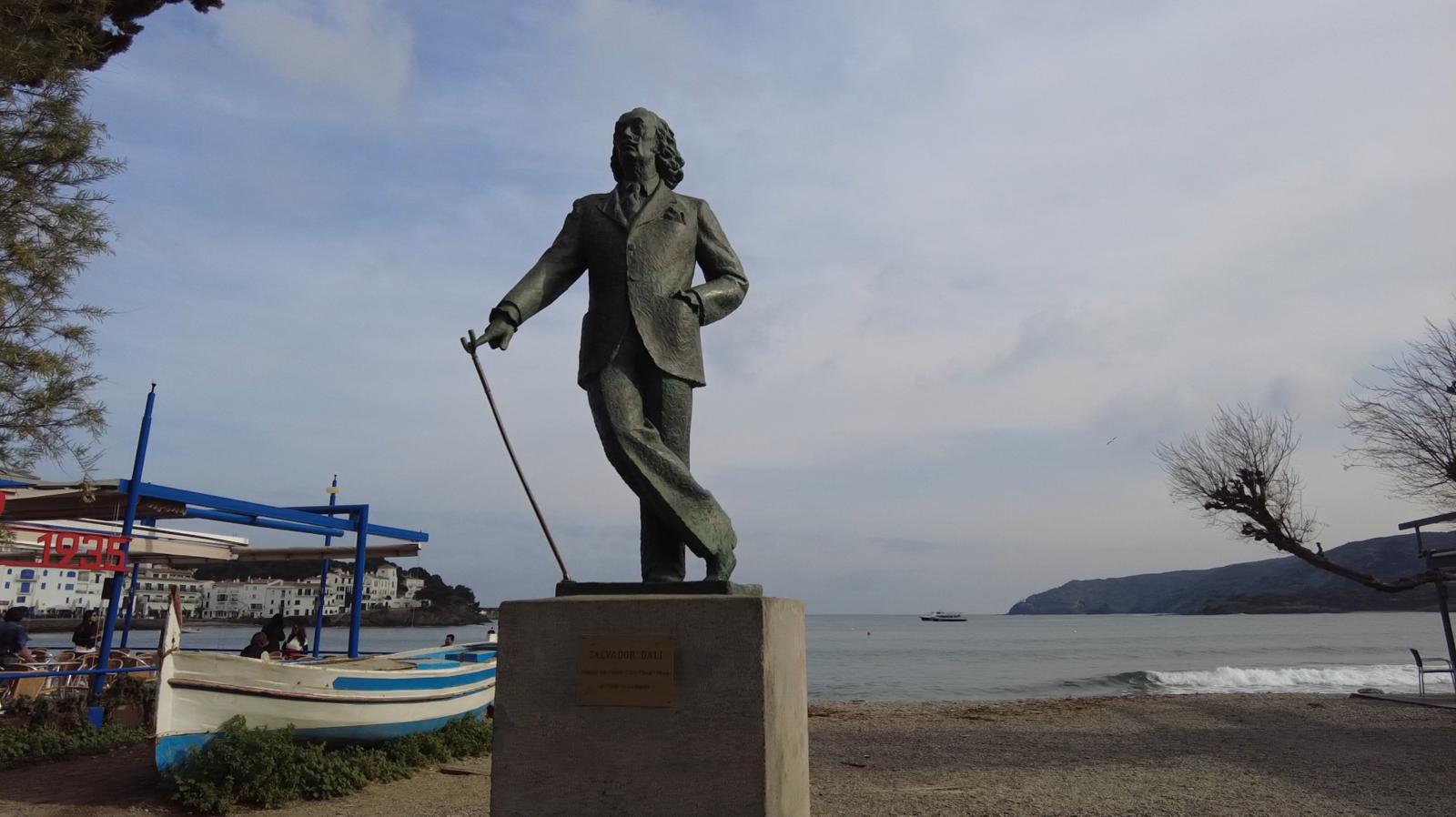
It has been made famous for it’s links with artistic genius Salvador Dali who had a soft spot for the place. Tourists like to come here to wander around the pretty town and visit Salvador Dali’s home.
But very few tourists are aware of another genius who had a life changing event here. To find out more, we need to go for a walk along the coast to the Cap de Creus.
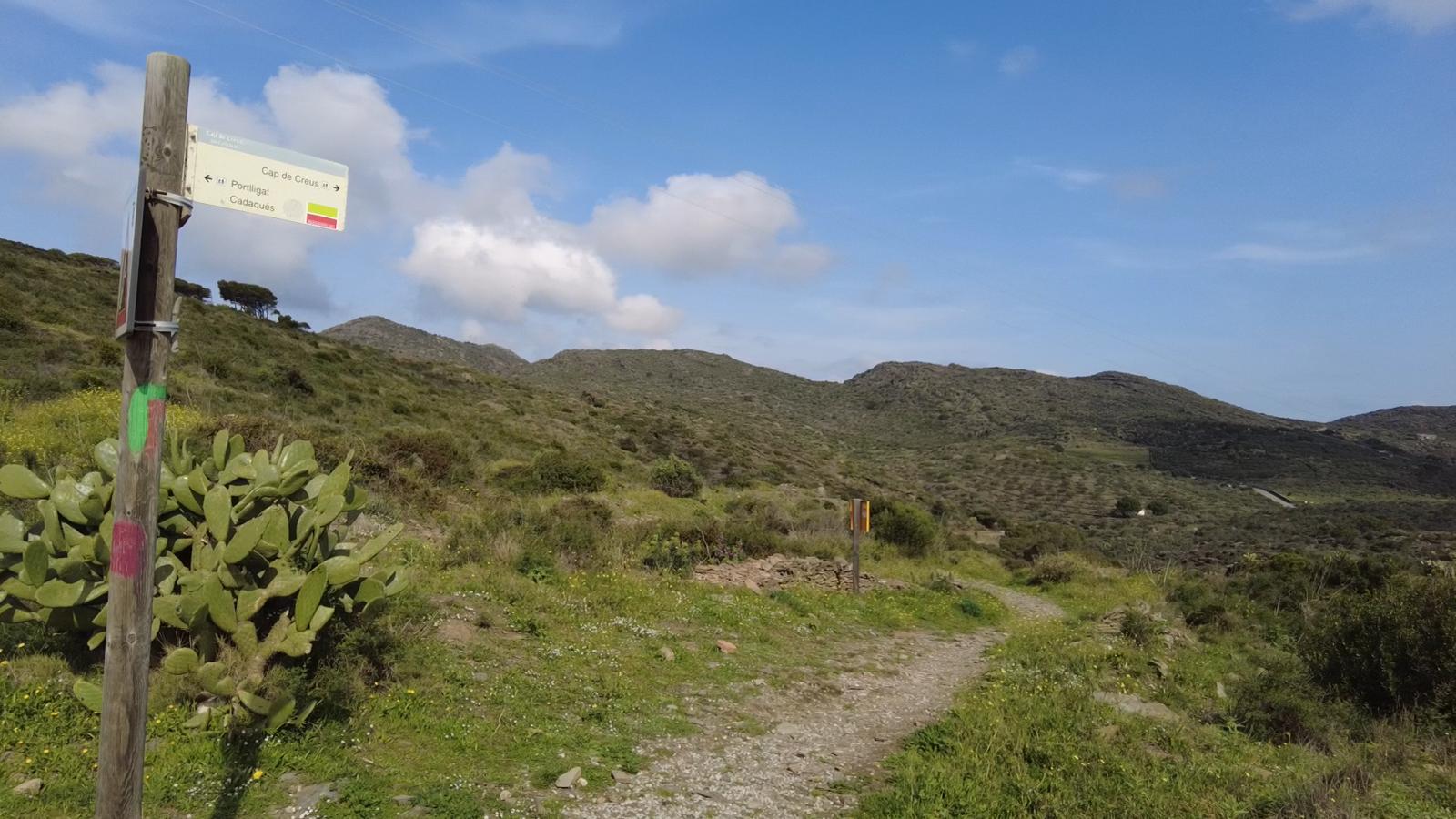
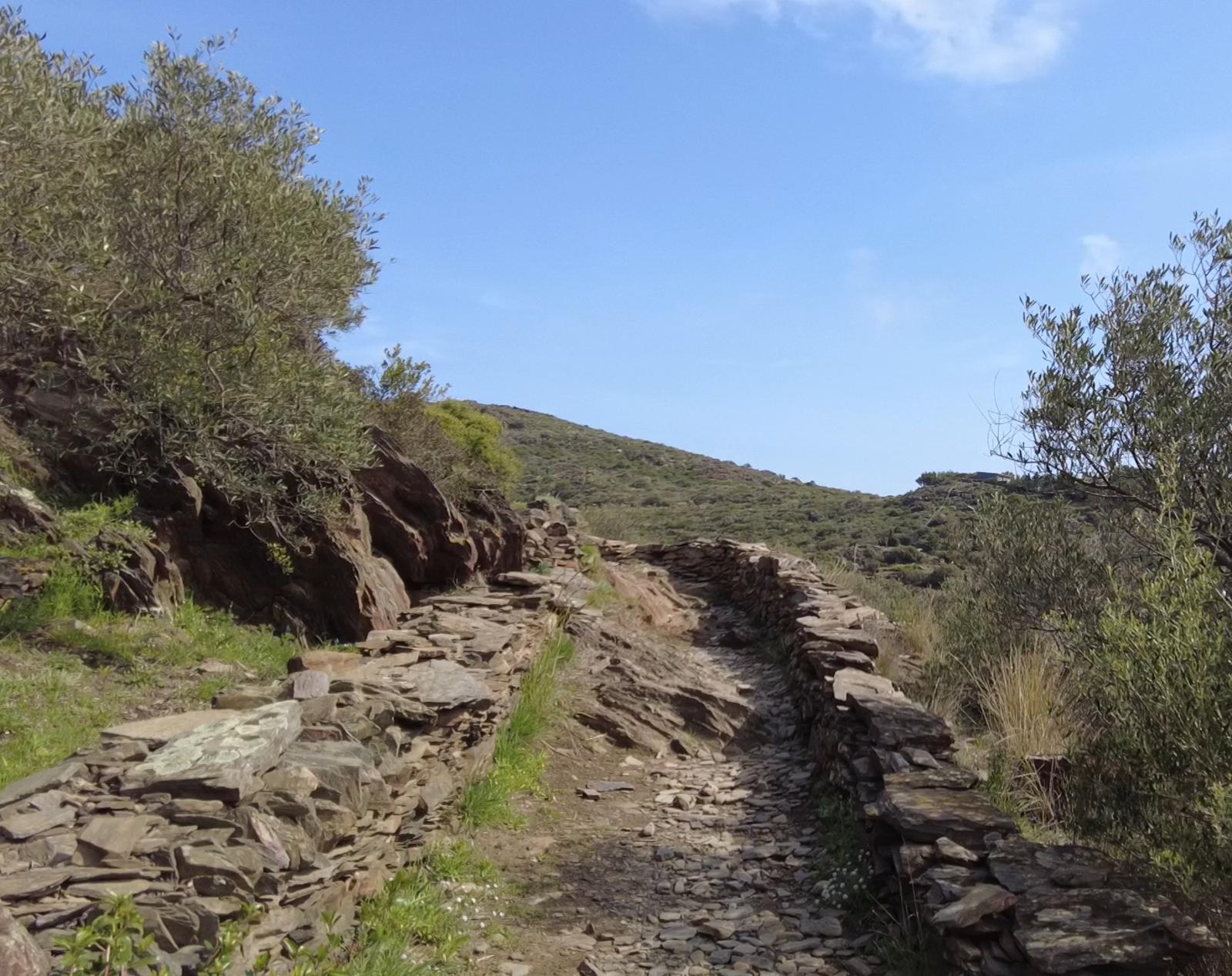
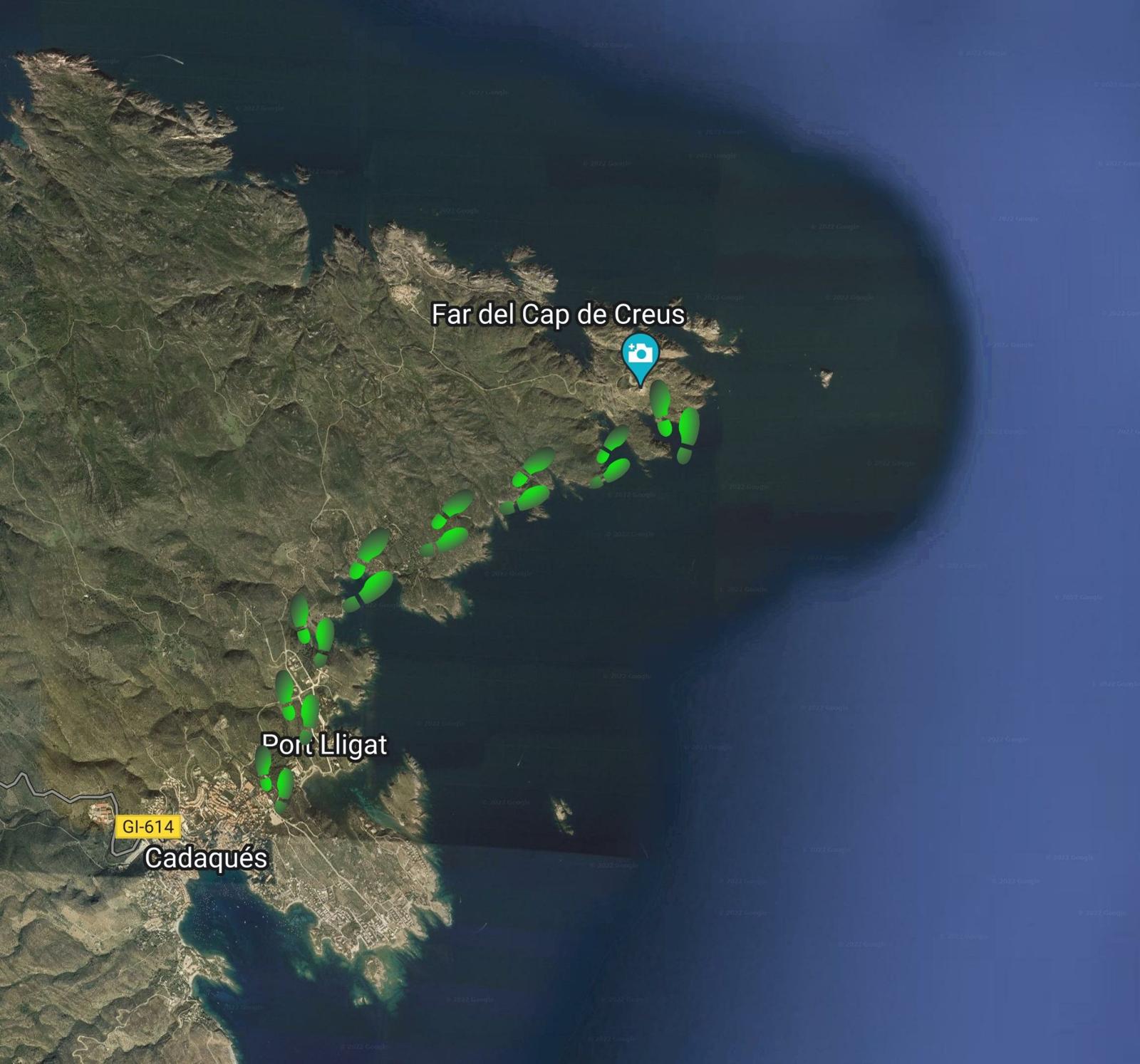

By doing so, follow in the footsteps of this guy, Narcis Monturiol
It was while he was on this walk that he witnessed a scene that would inspire him to create something to save lives, bring prosperity to the poorest, explore and expand human understanding and as a result bring about world peace.
…and spoiler alert, he wasn’t completely successful.
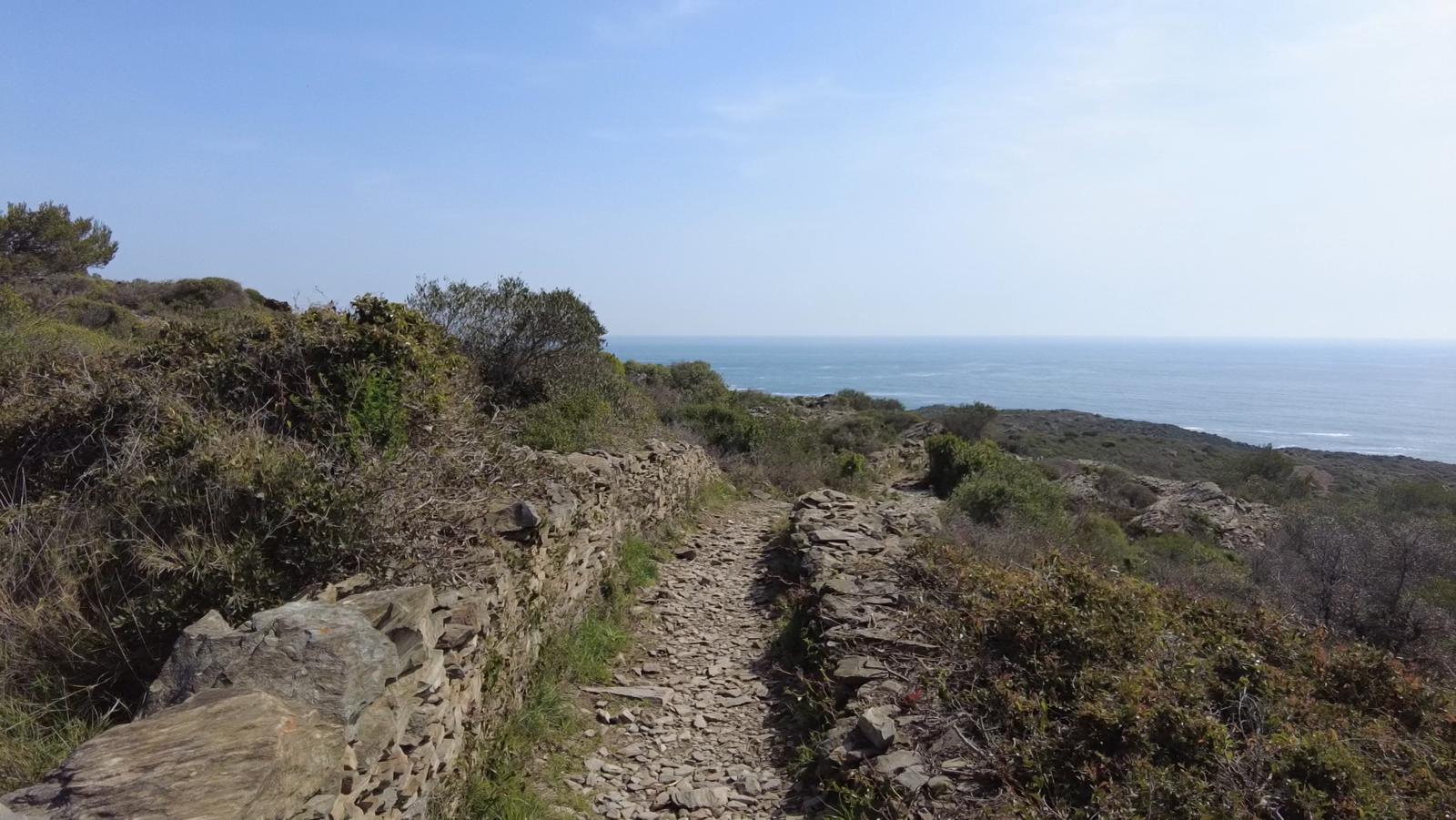

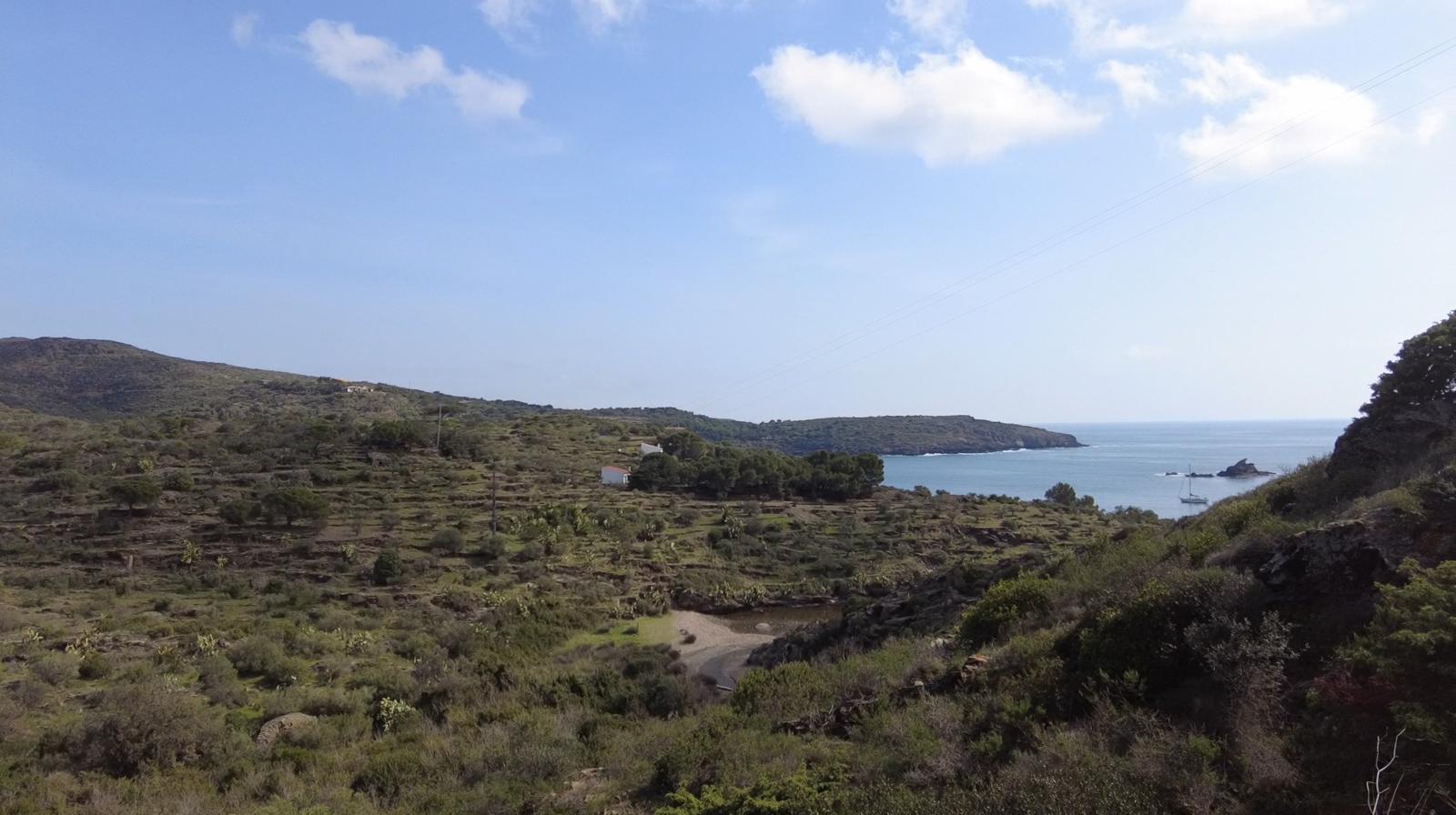
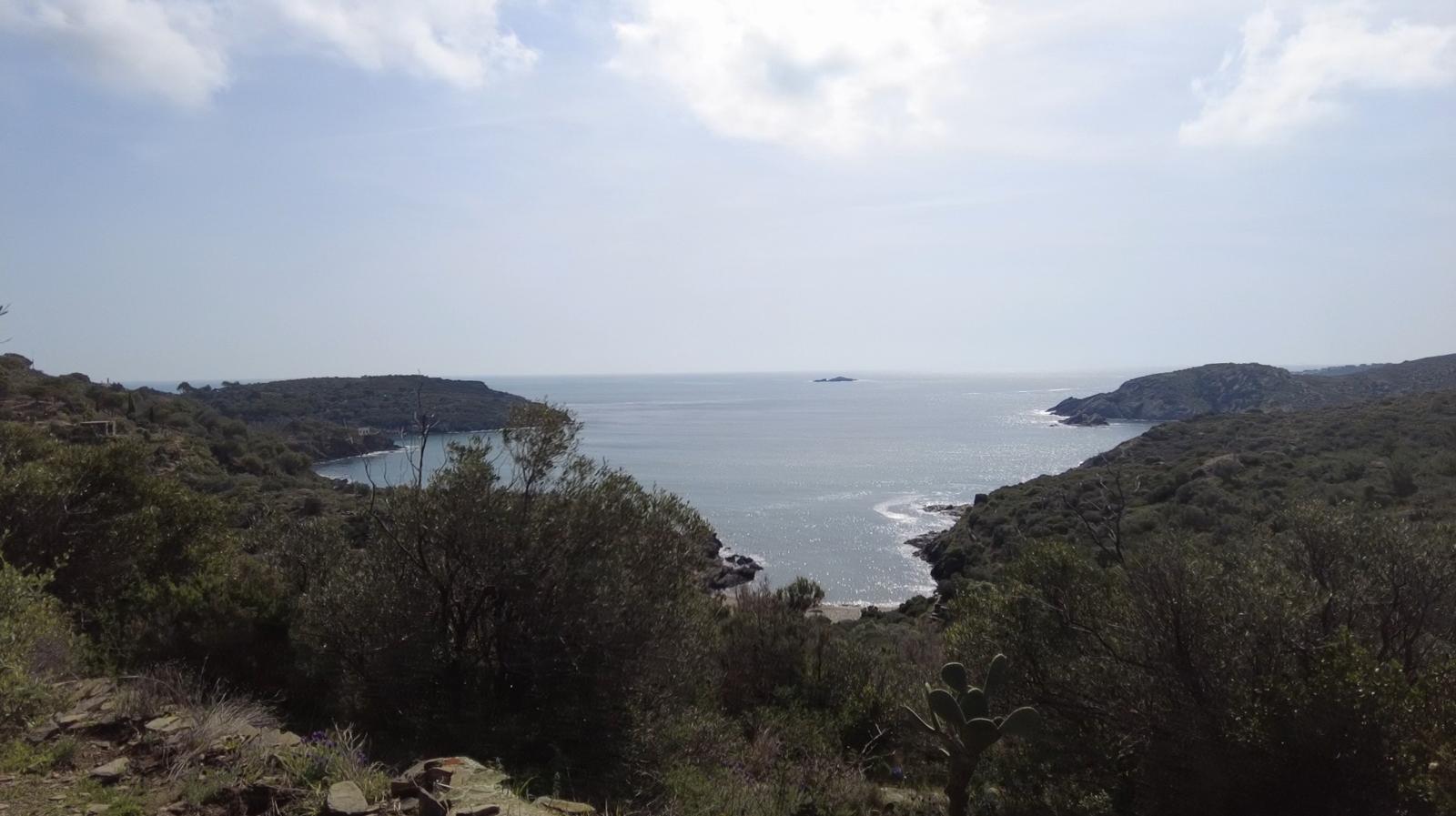
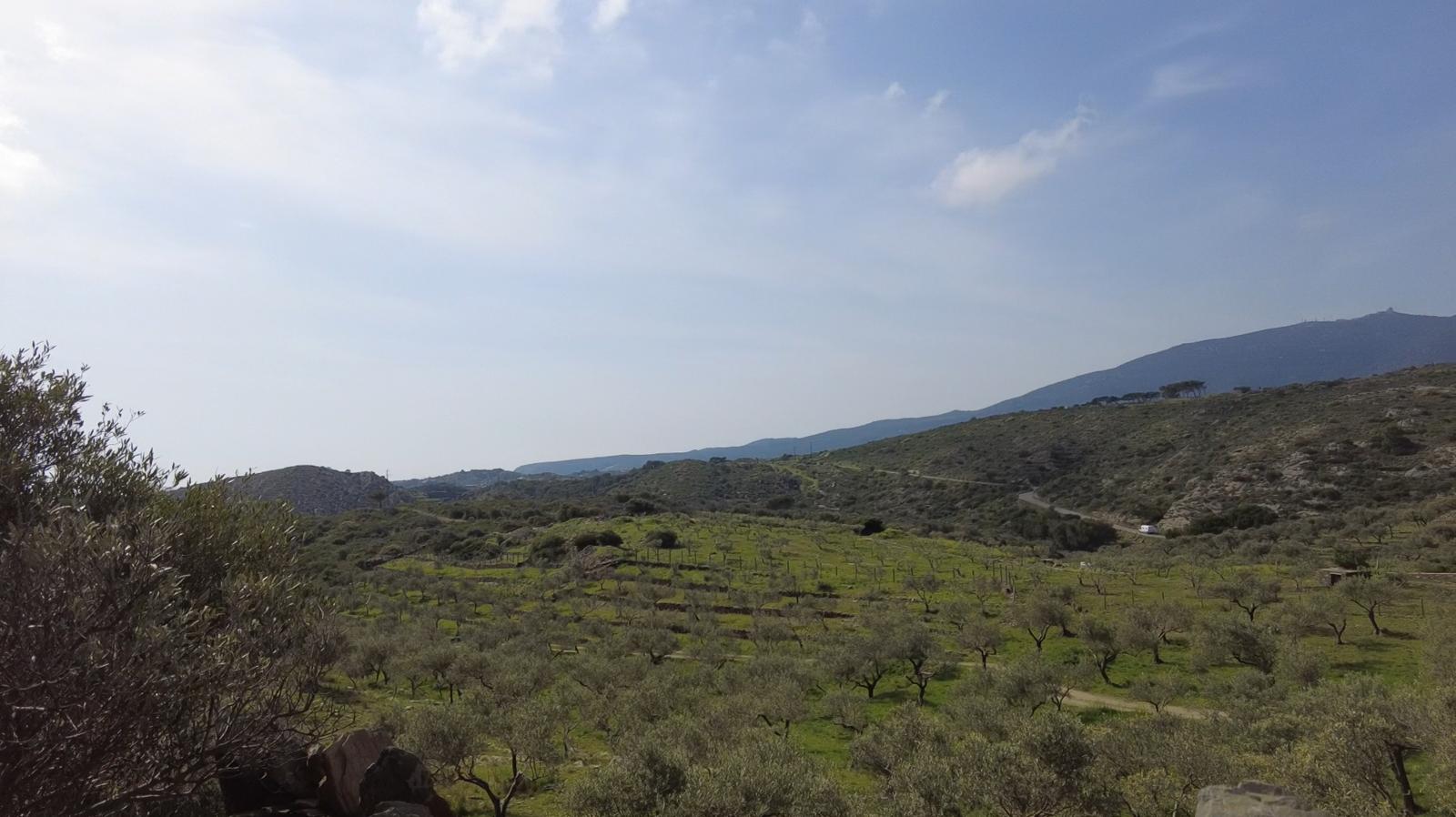
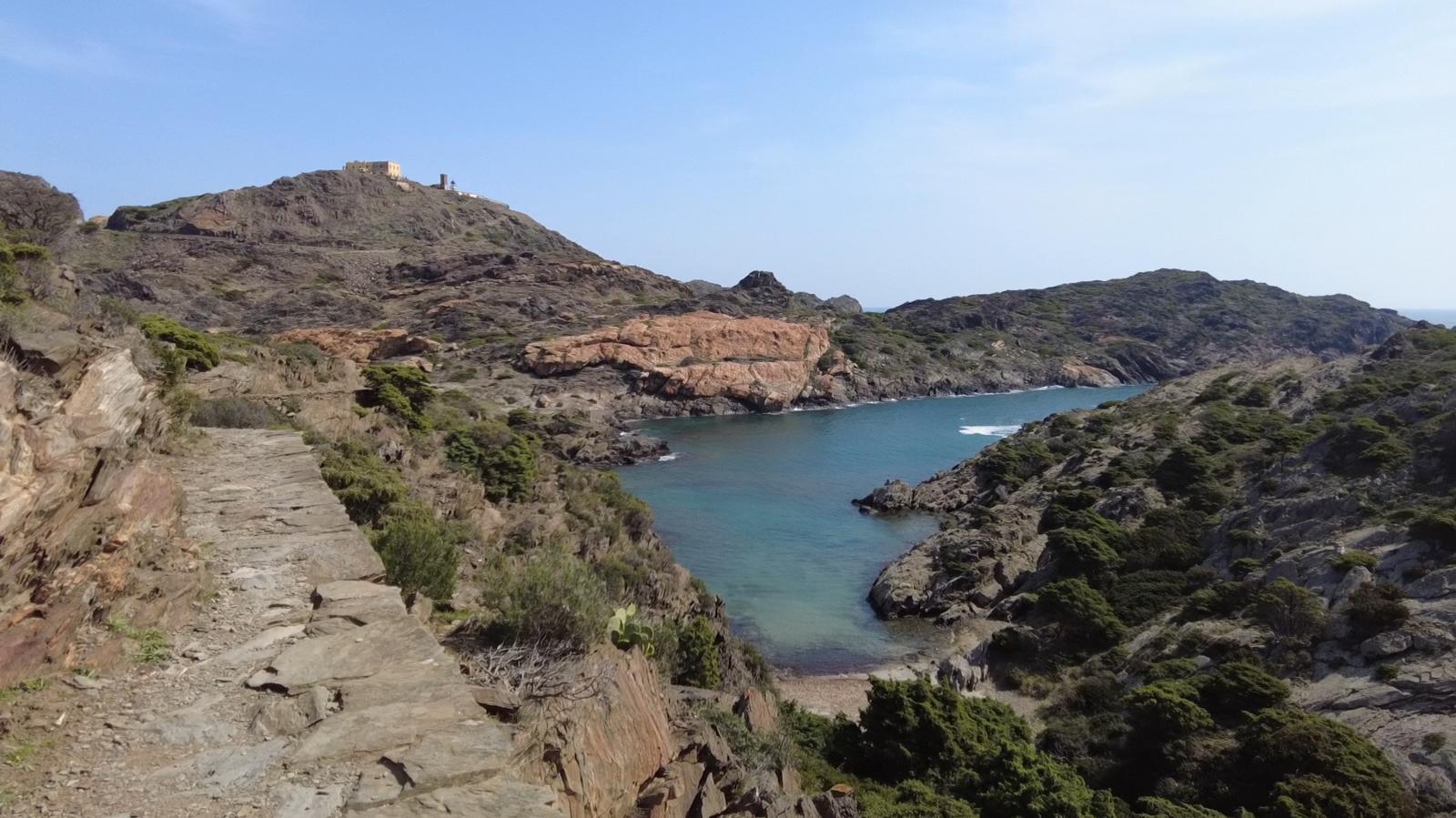
In case you’re wondering where we are going, we’re headed for the wild coastline of the Cap de Creus or the cape of crosses - a rugged outcrop sticking out into the Med that makes it the most easterly part of the Iberian peninsular.
Narcis was born in Figueres in 1819 and had a comfortable childhood. His father was a cooper, making barrels for wine, olive oil and other local products and as the second son, rather than continue the family business, he was set on course to become lawyer.
But spending time in Barcelona changed all that. The 1840s were a troubled time and the city struggled with big problems of overcrowding, poverty and disease.
So the ever-practical Narcis started publishing ideas that he and his friends came up with to solve the city’s problems - which was all too revolutionary for some.
And once his pals started getting arrested, he wisely skedaddled to Cadaqués.
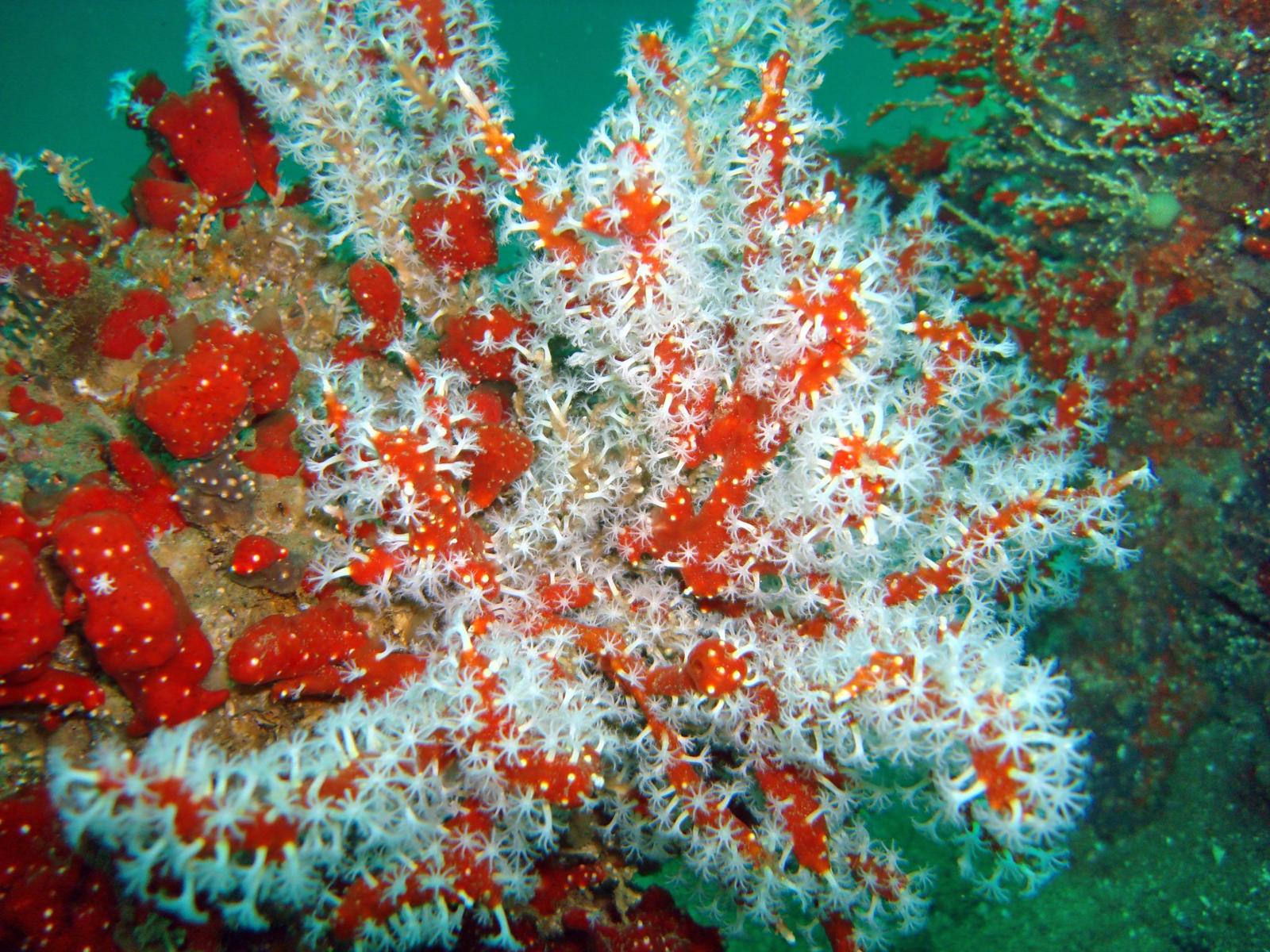
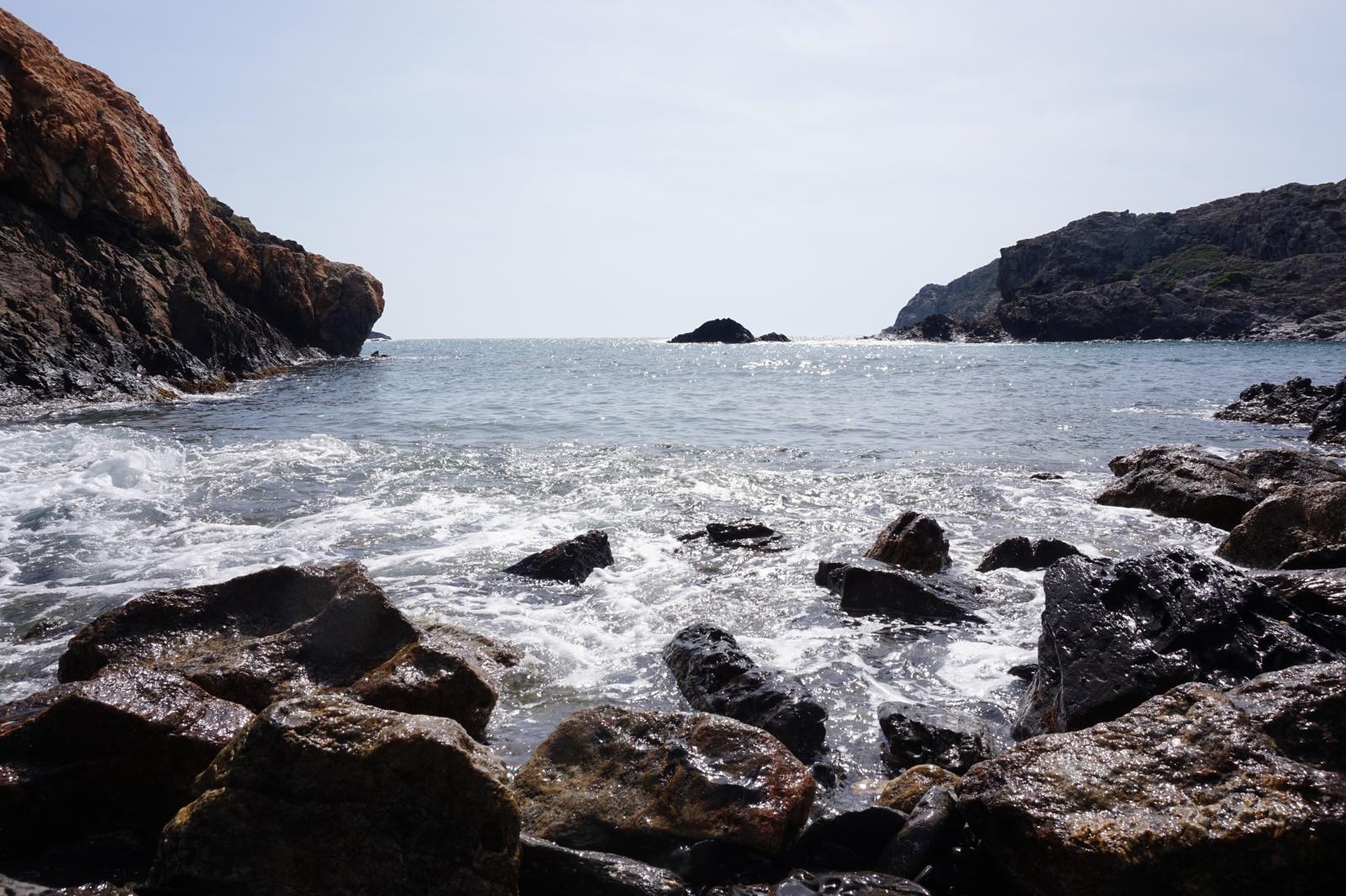
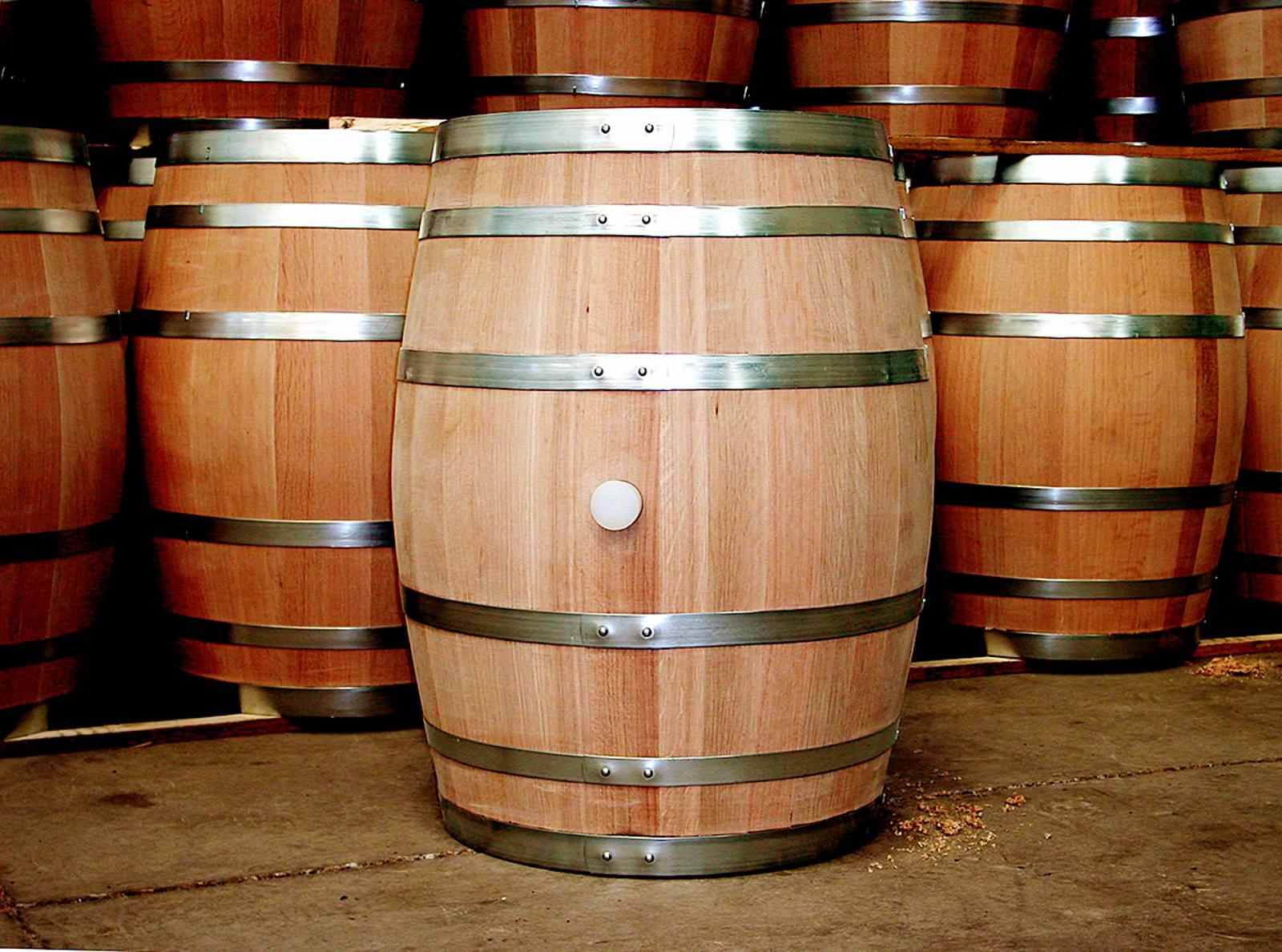
One day he was wandering along here and noticed a group of local fishermen, or more precisely, coral fishers standing around the body of one of their mates.
Coral diving was a dangerous way to earn a living, but the rewards were big. Local red coral was highly prized with little bits being used for jewellery and larger pieces being made into fancy candelabras.
Groups of locals would go out by boat and take it in turns to dive down the 20 metres or so to where the coral grew and chip off what they could before returning to the surface. And as Narcis could see from this sorry group of fishermen, not everyone made it back up to the surface safe and sound.
Narcis was a problem solver and there was something from his background which made him think he might just be able to help them.
Over the next decade he set about designing a fully functional submarine, with:
- a double hull for safety
- a floatation system
- gauges to measure depth and oxygen levels
- a method for creating oxygen
- and just as important
- a way of removing excess carbon dioxide.
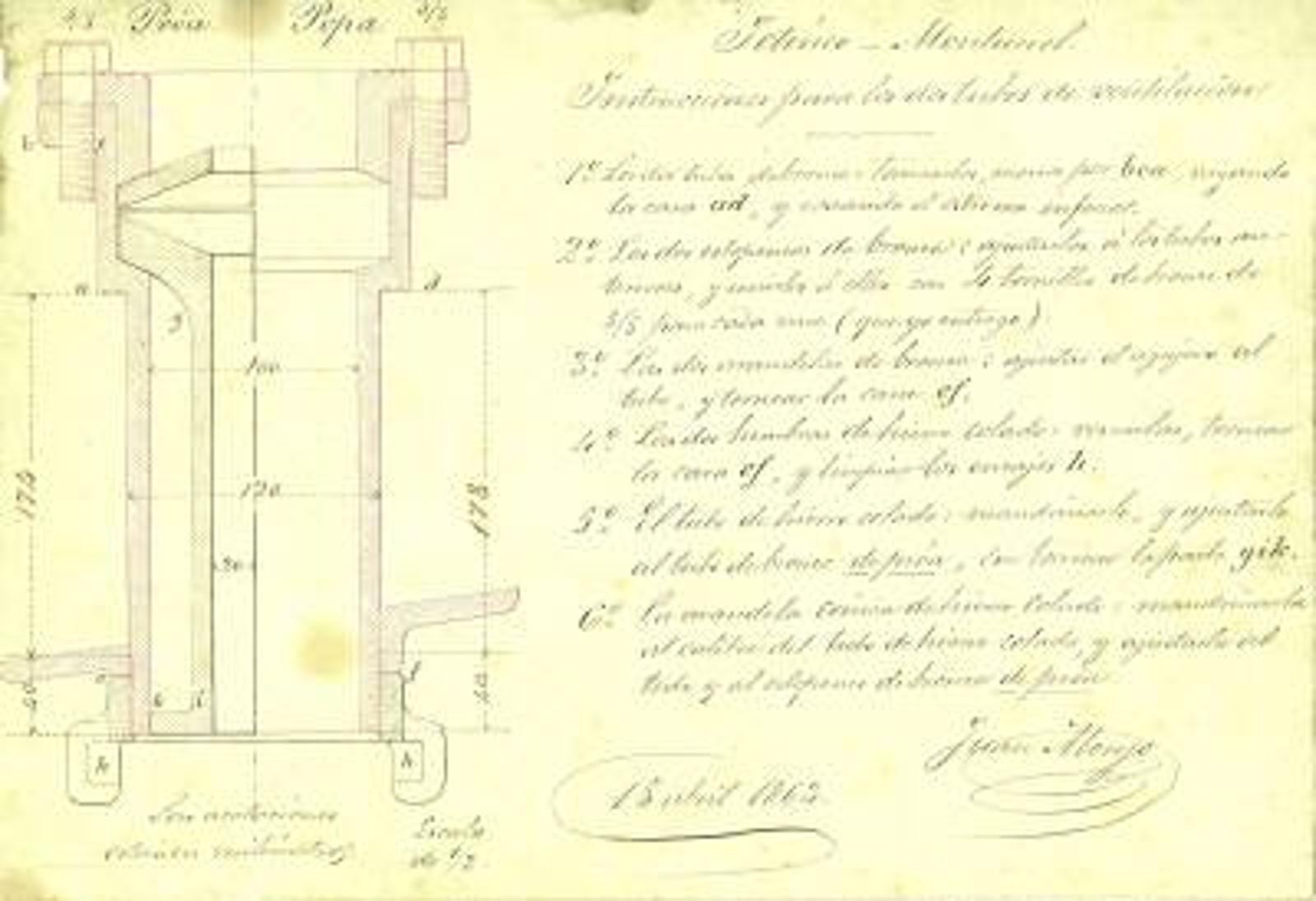
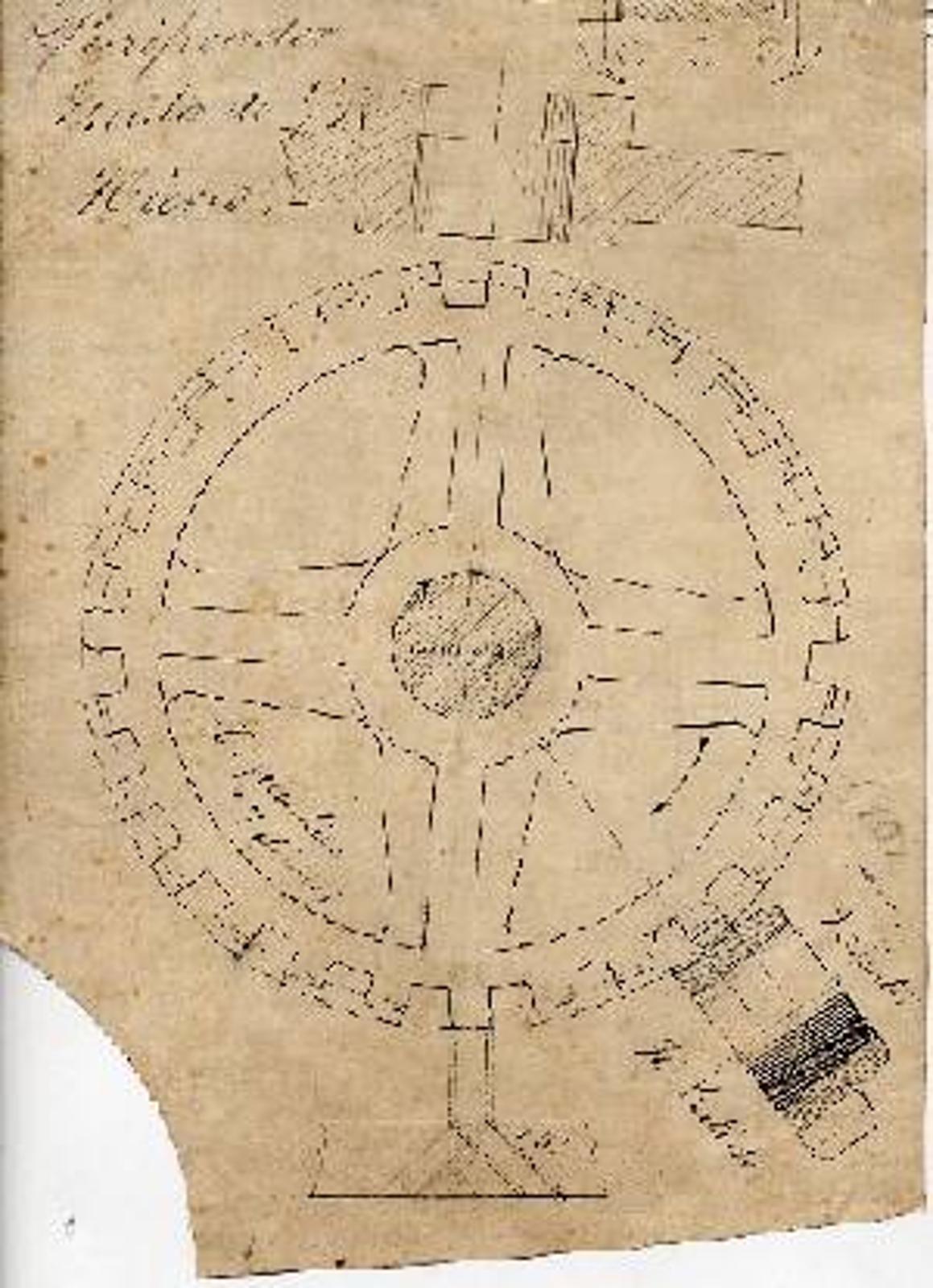
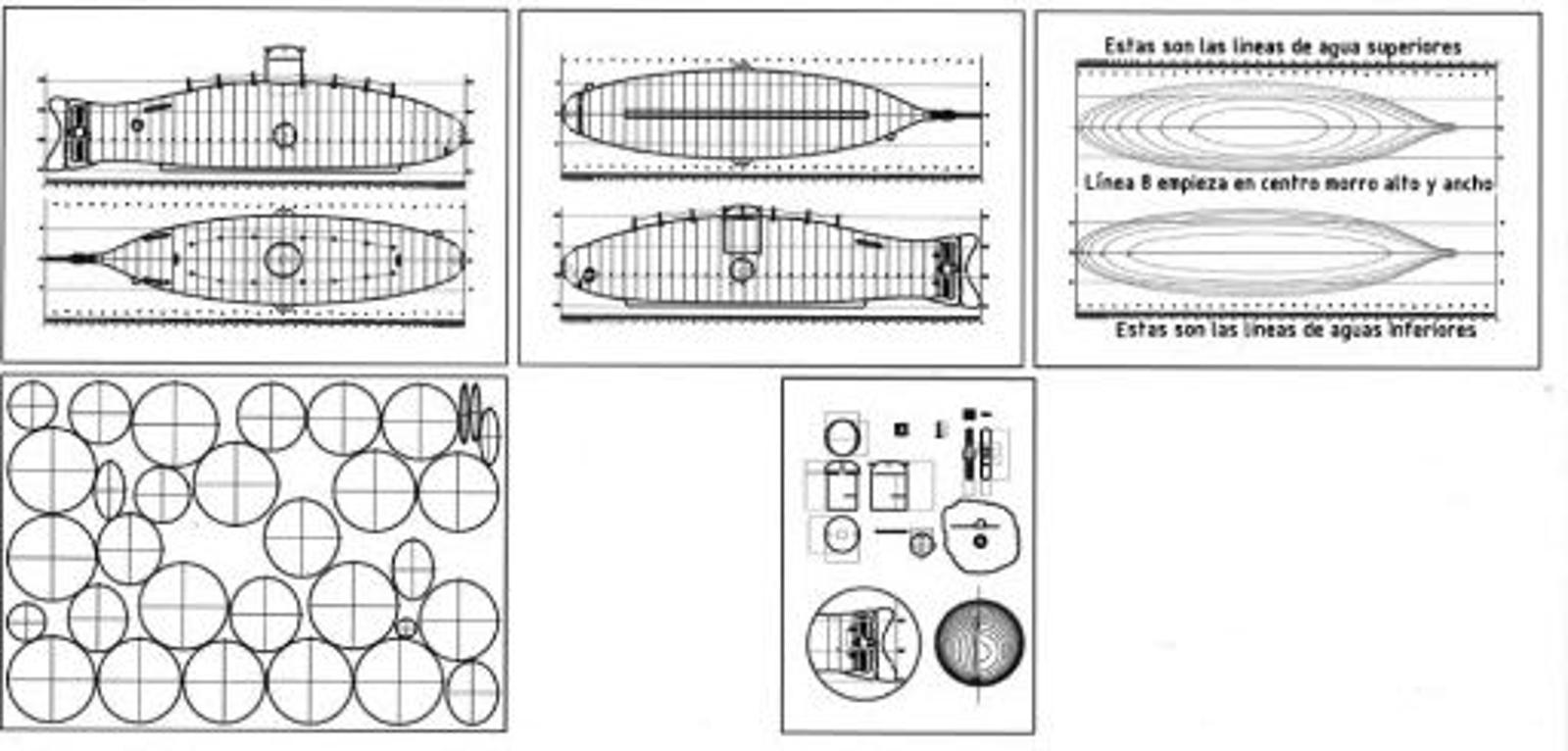
The result was the Ictineo, which looked a bit like this replica at the Maritime Museum in Barcelona.
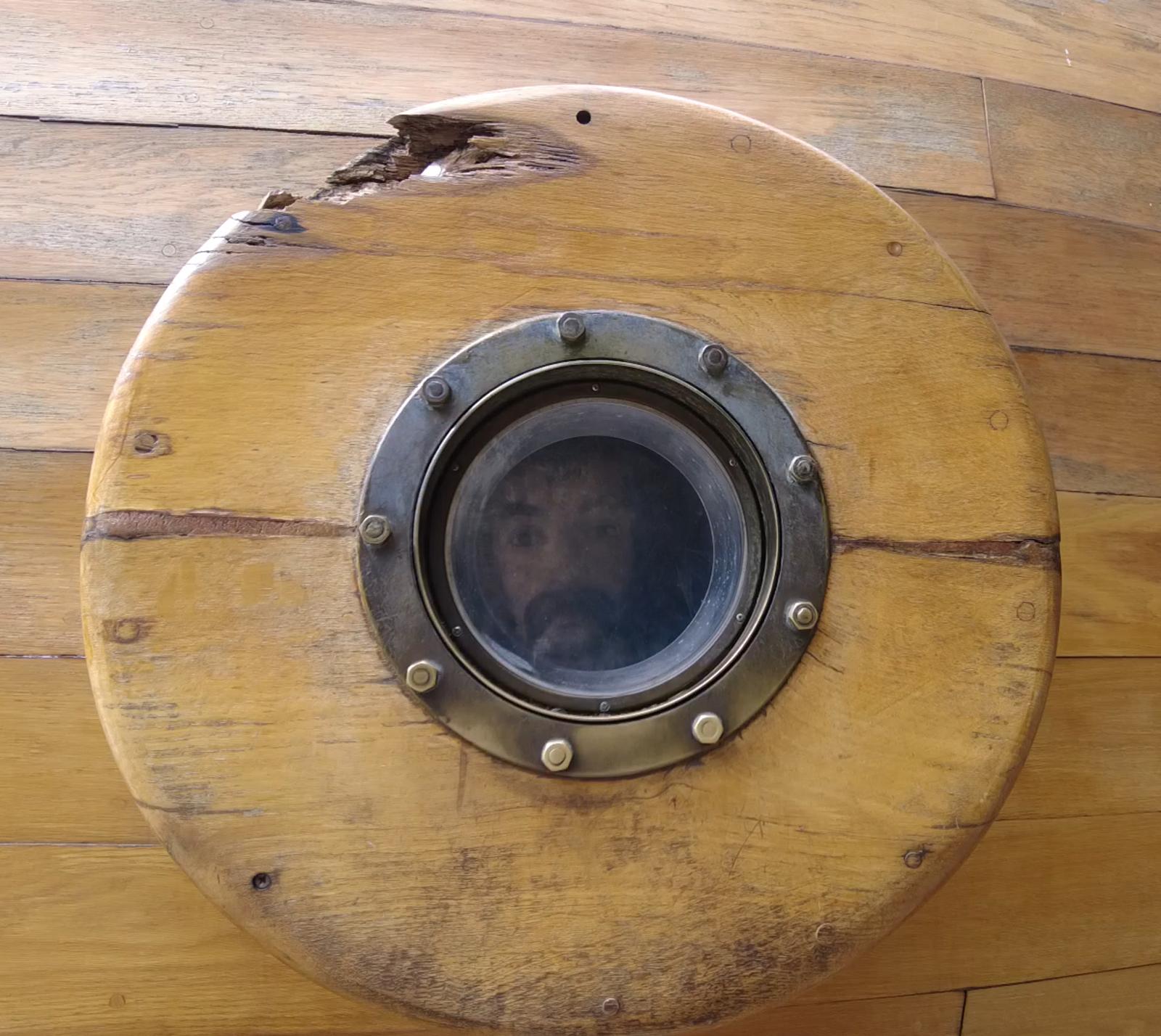
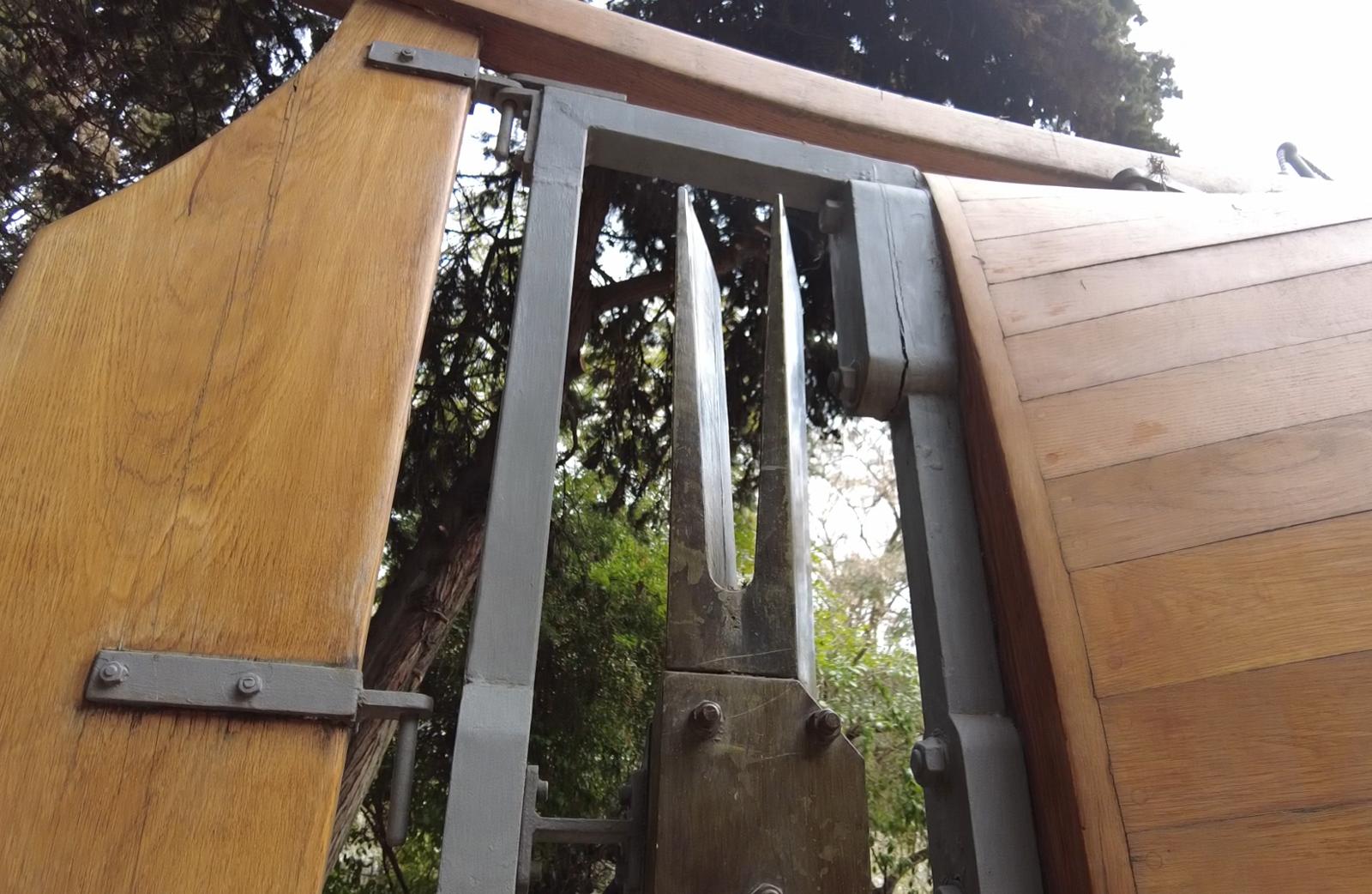
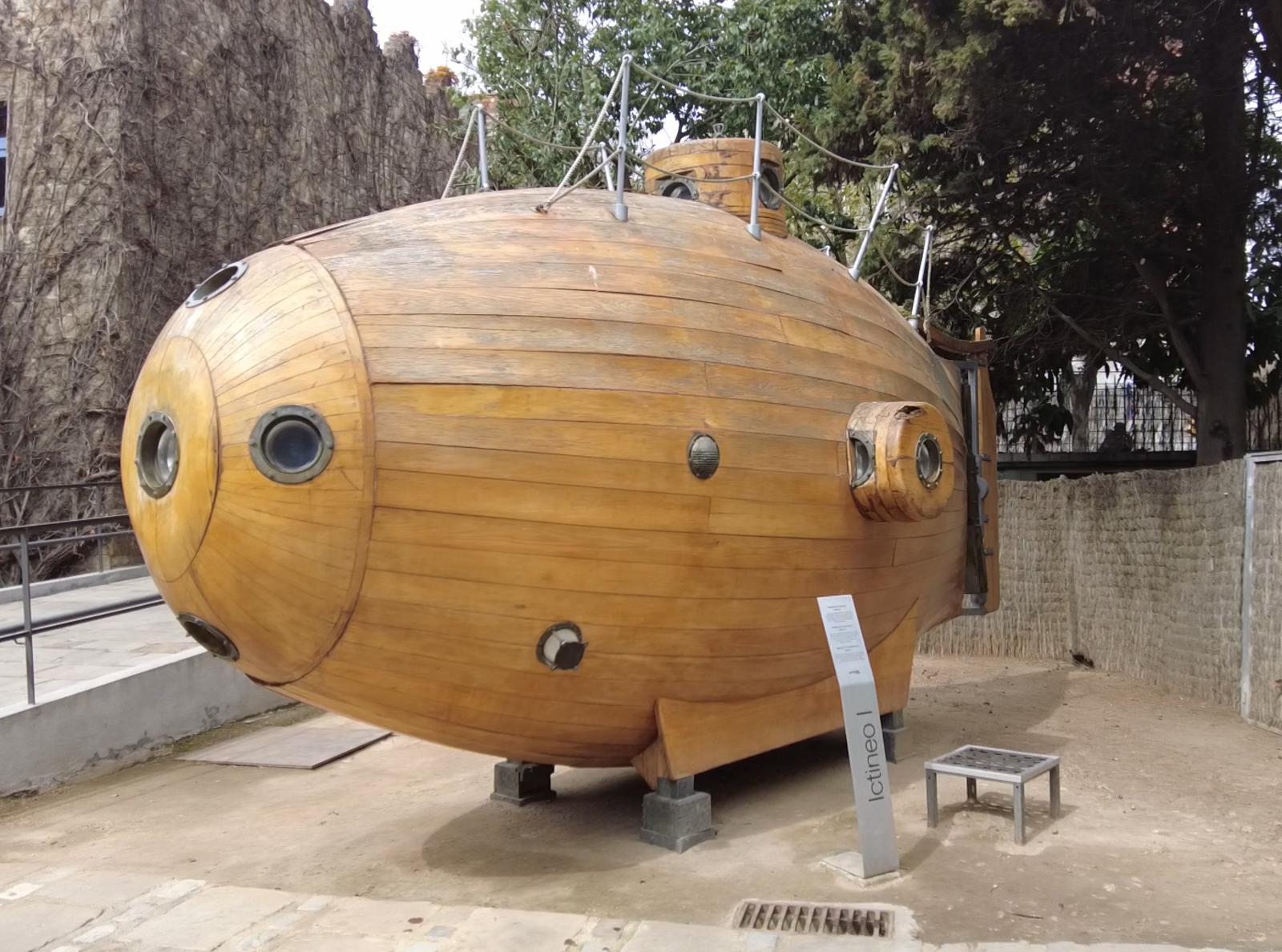
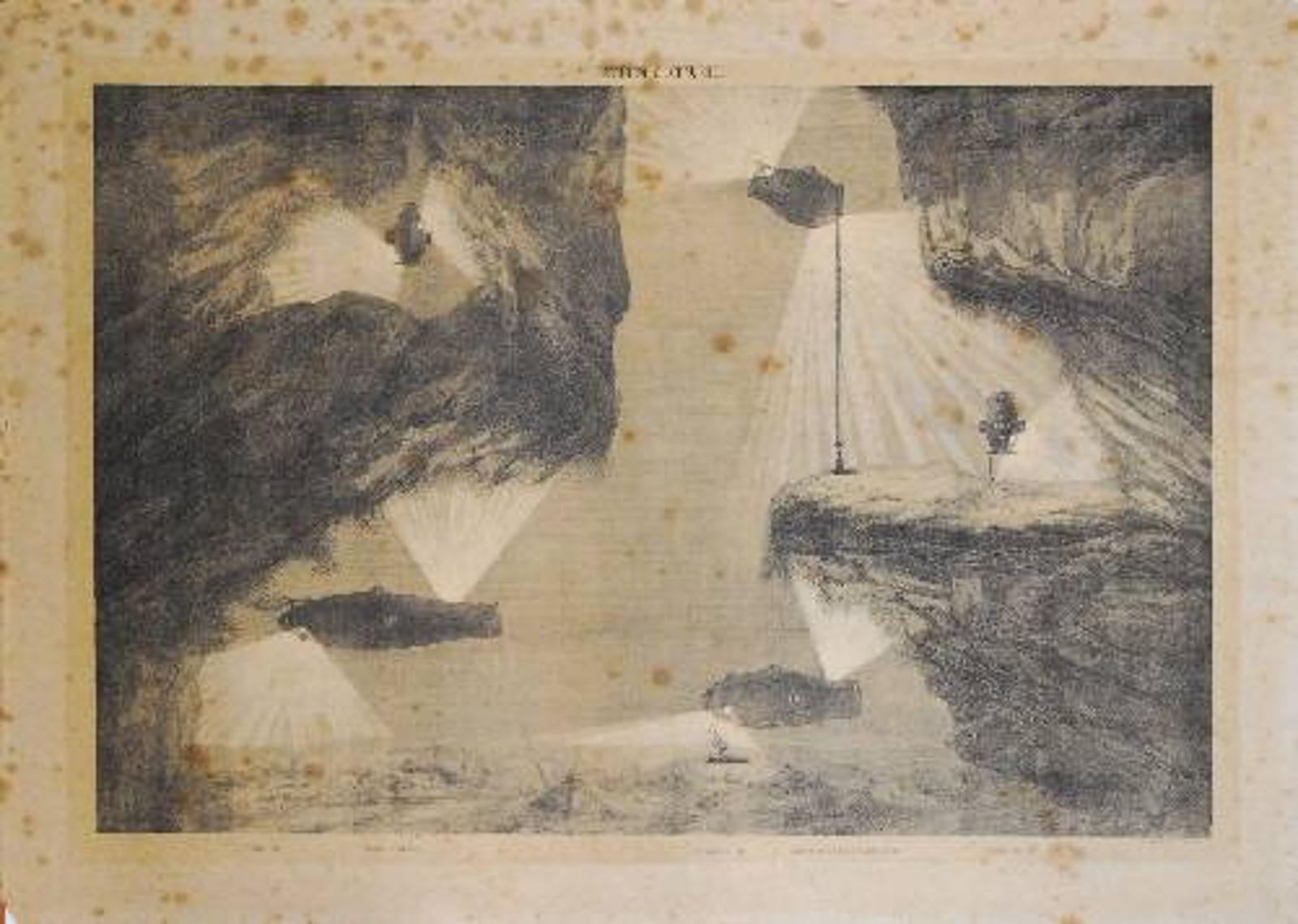
Coral fishing was just the tip of the iceberg for Narcis. With a vessels like these, humans could explore the oceans.
They could lay those new fangled telegraph cables, harvest plant life, make new discoveries - who knows, maybe even colonise the oceans. But before all of that, at least the coral fishers could now work in safety.
Except there was a little catch, and the clue is at the top of this cliff.
Cap de Creus Let’s climb up to it.
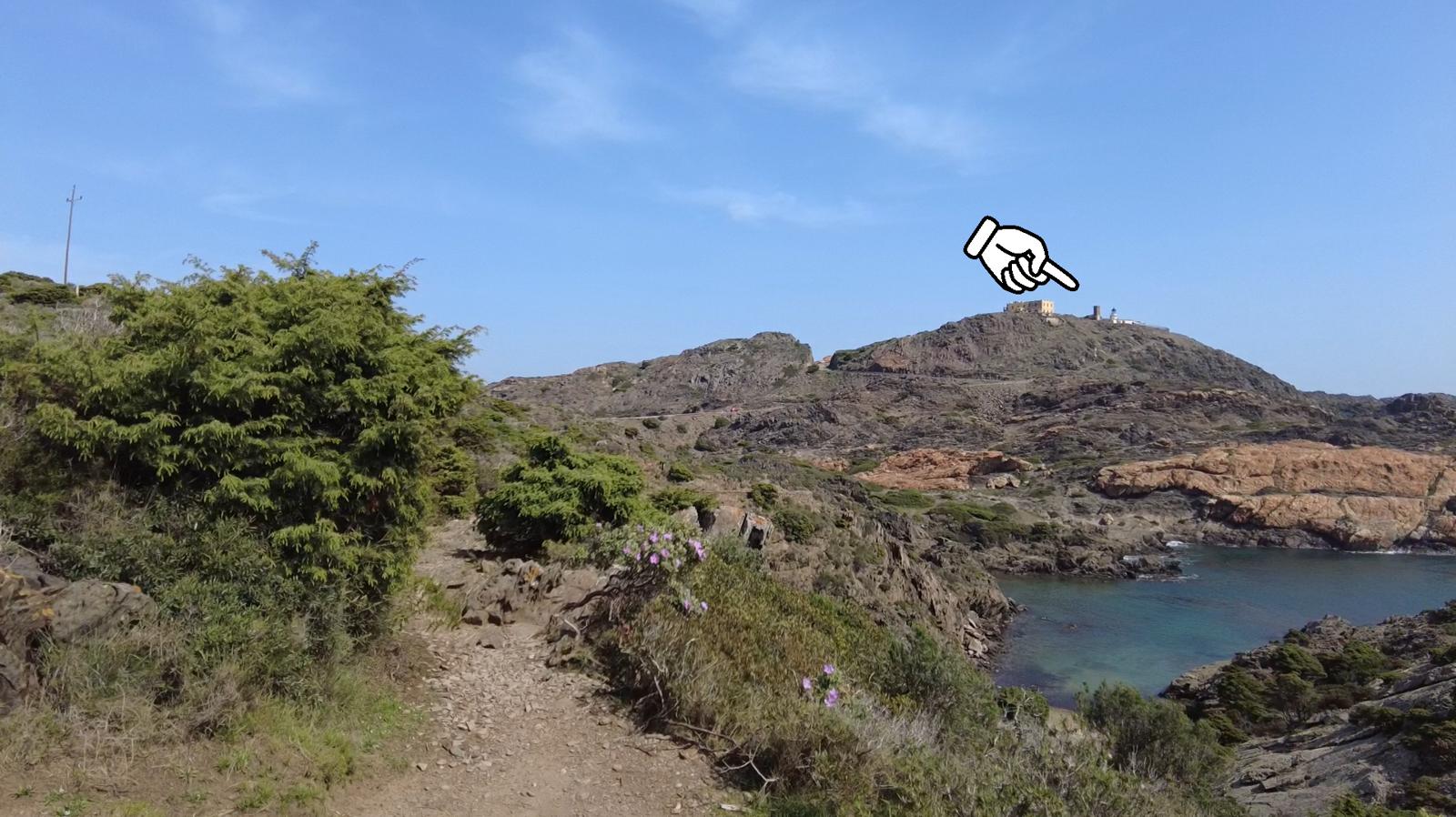
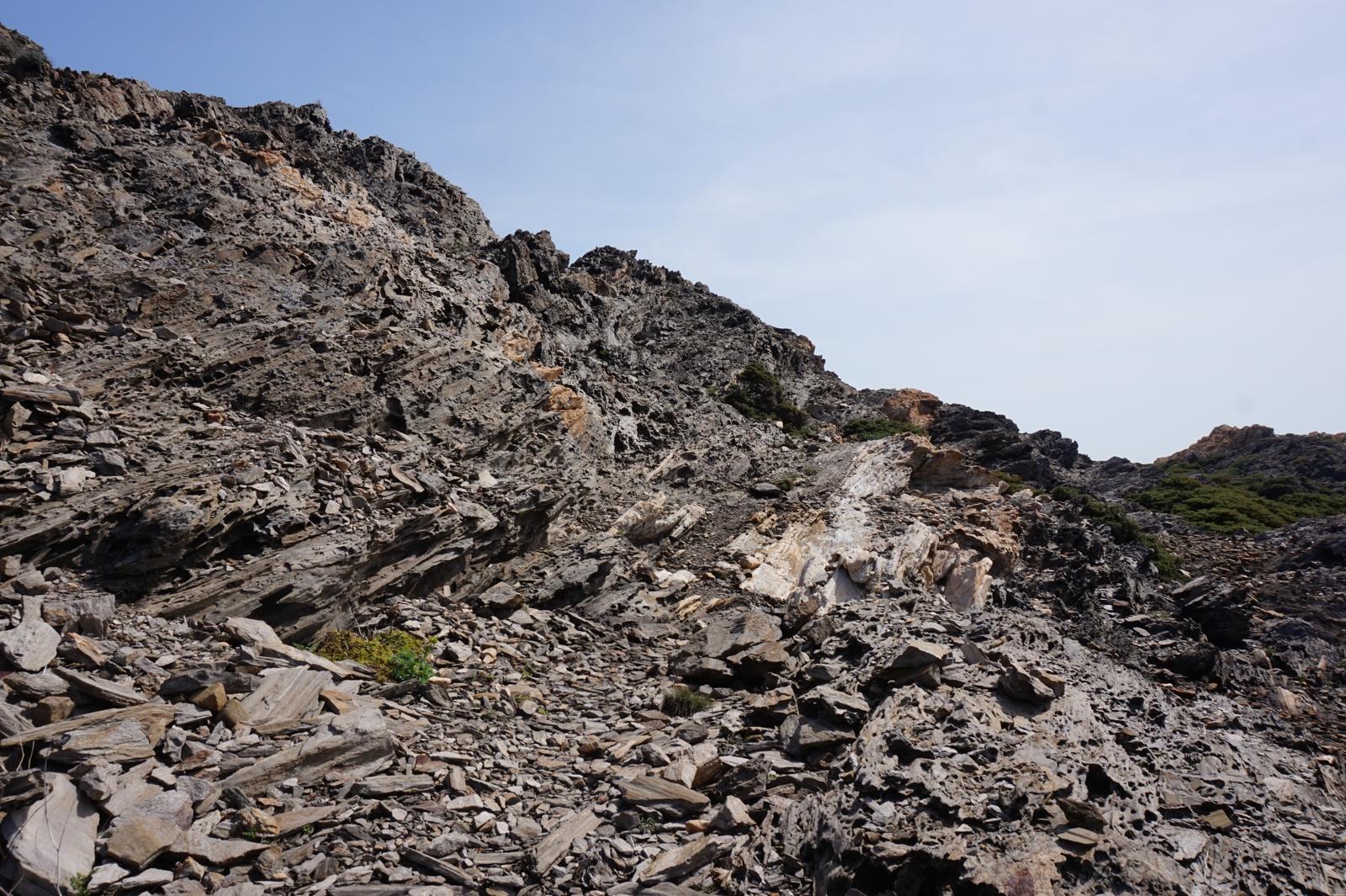
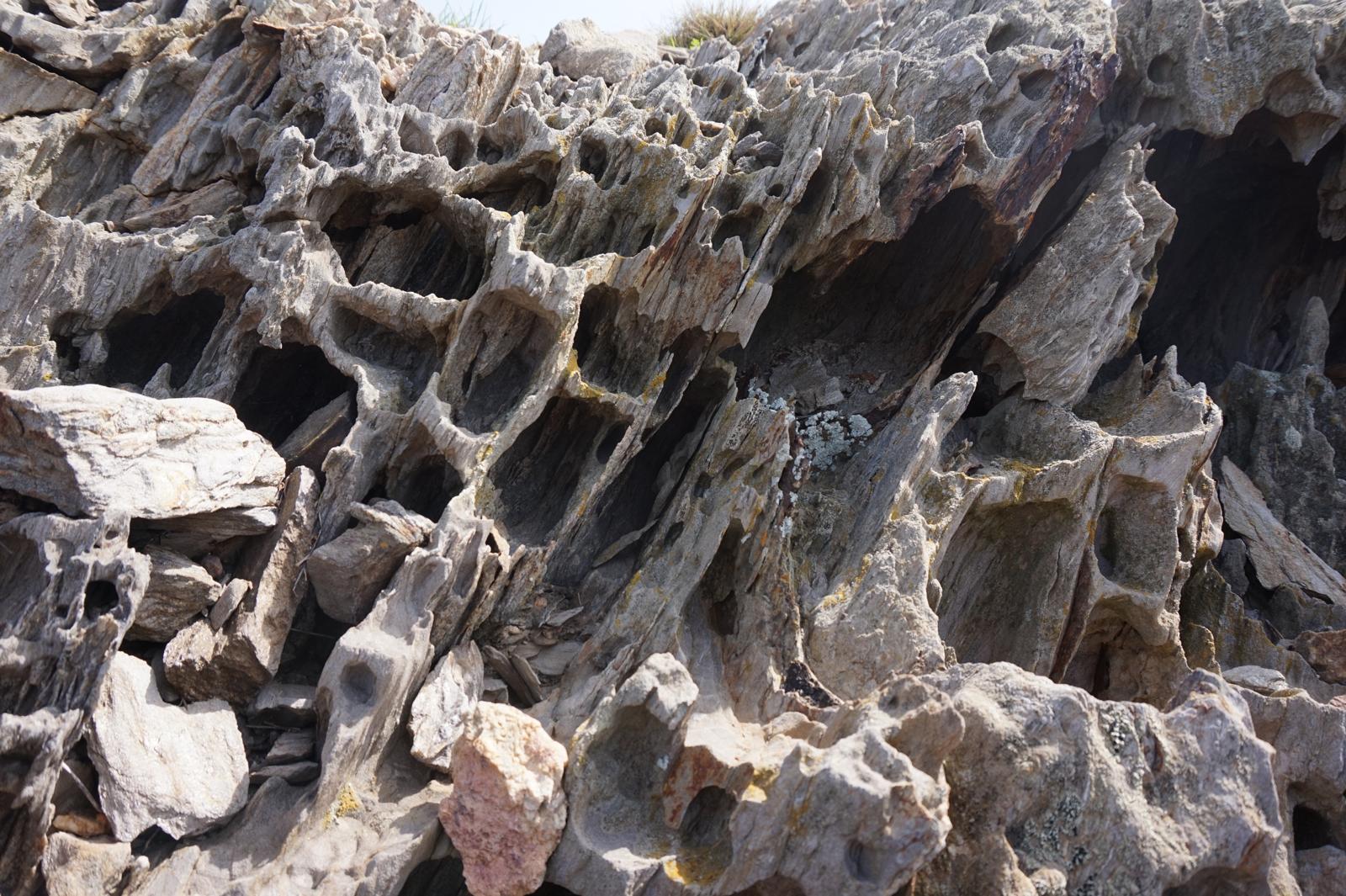
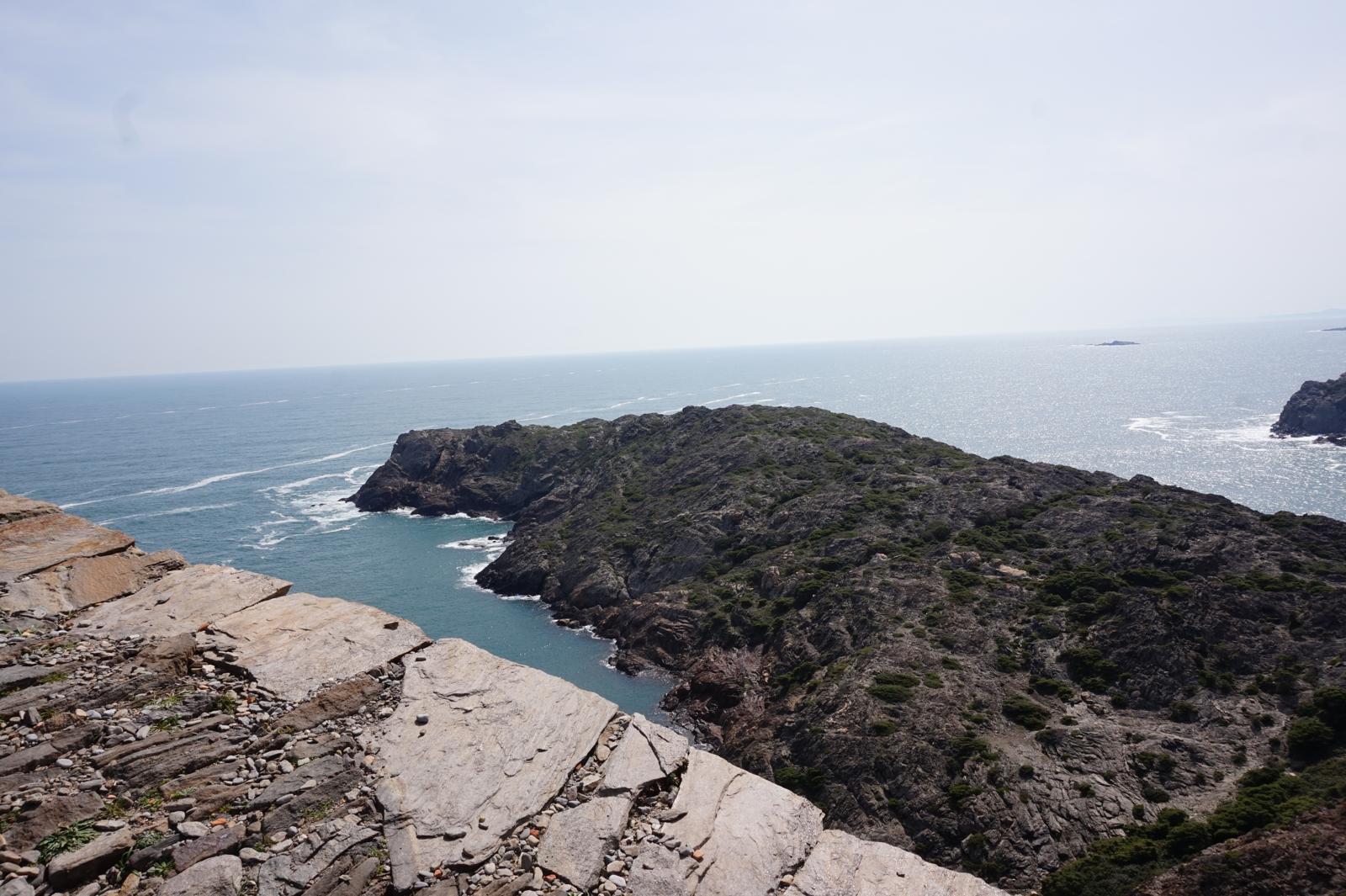
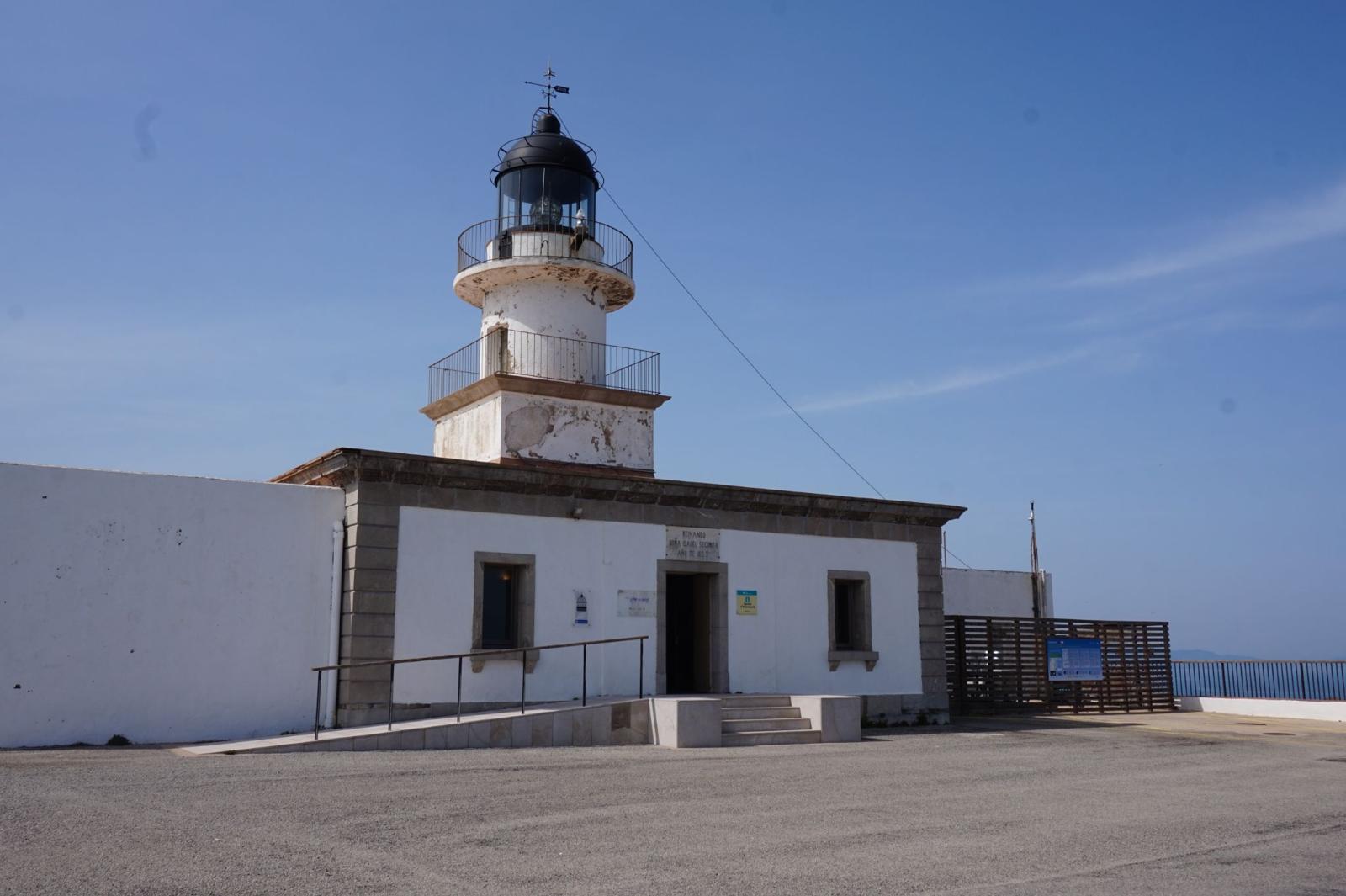
The lighthouse is here to warn ships about the hazardous jagged rocks and strong currents. Narcis estimated that to stay safe, the Ictineo would need to be able to reach speeds of 3 knots. Unfortunately in trials, with its the human-powered propeller, the top speed was more like 1 knot.
Narcis, always worried about the safety of the crew, decided to go back to the drawing board.
An engine was needed to safely navigate hazardous currents. But how would it work?
He designed an anaerobic steam powered engine - that means one that doesn’t need oxygen.
He was also keen to learn from nature and gave his vessel the aerodynamics of a fish.
Two things that wouldn’t be recreated until the arrival of nuclear-powered submarines in the 1960’s
The results was Ictineo 2
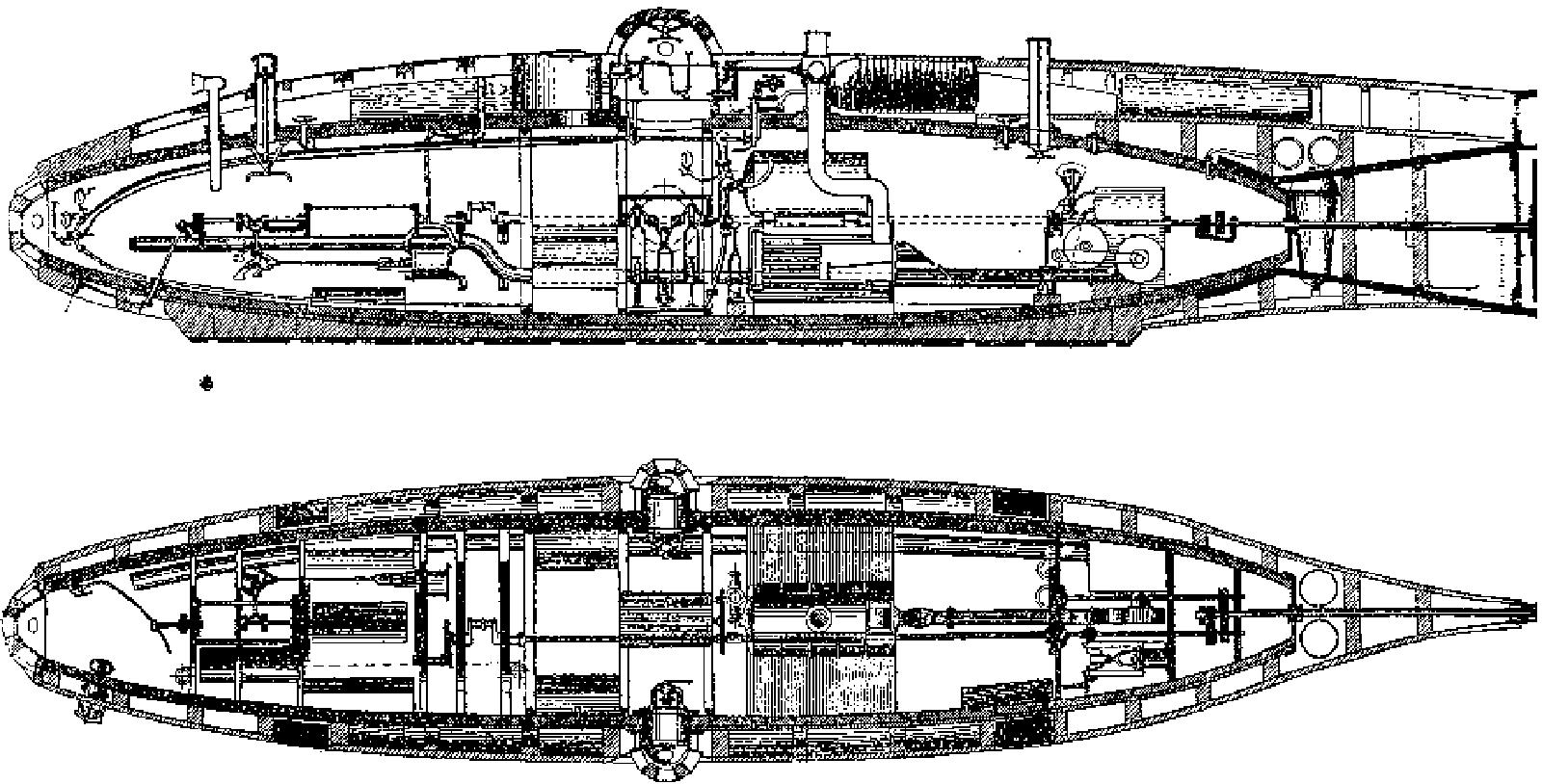
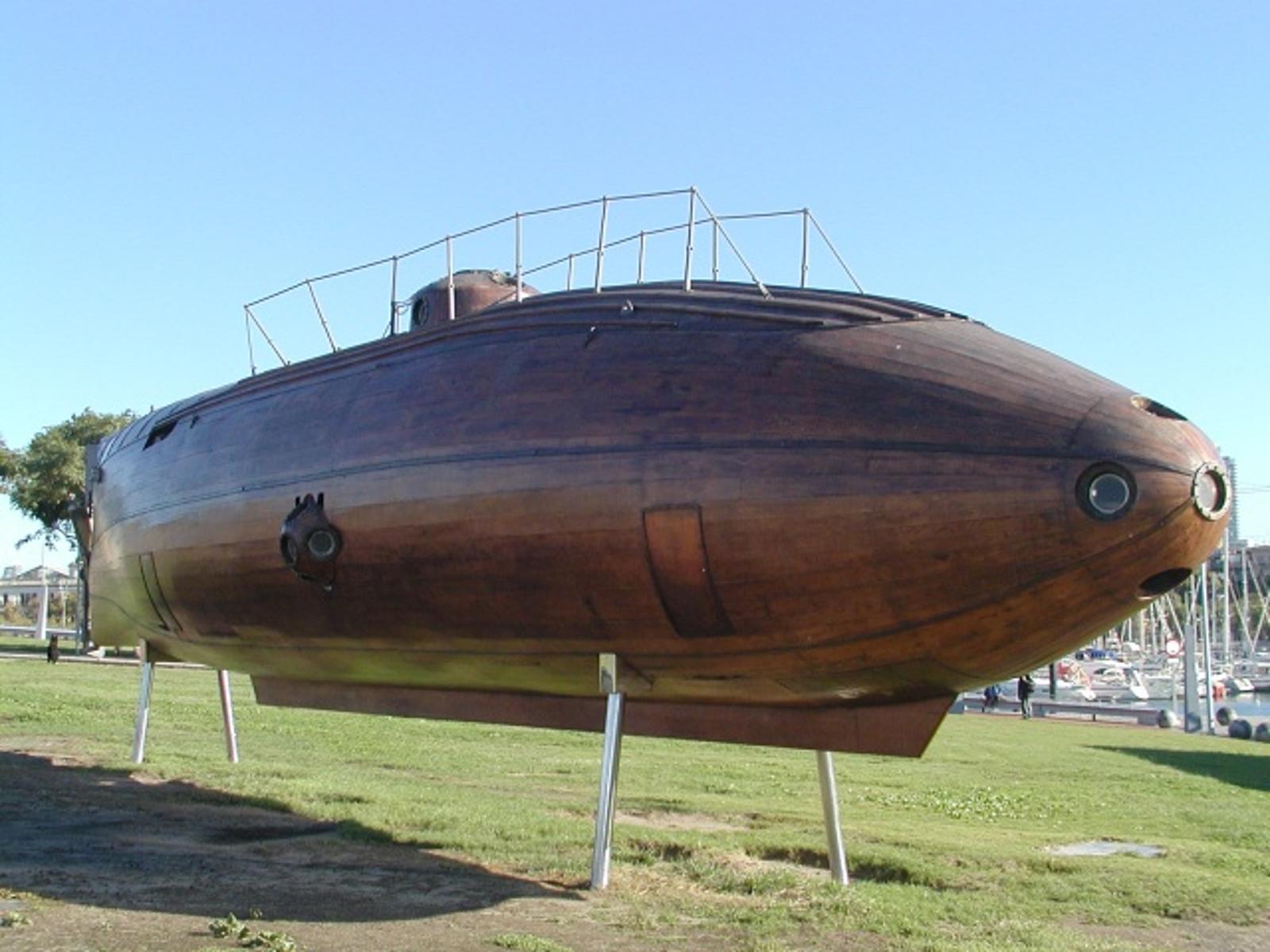
While the Ictineo 2 was a marvel of engineering - well ahead of its time, it came a price, literally. Narcis spent all the money he had raised to build it, but now it was made, he couldn’t find a commercially successful use - coral fishing just wouldn’t cut the mustard.
The creditors stepped in and the world’s first fully functional anaerobic-engine-powered submarine was broken up and sold for scrap. Tragic, but at least the coral didn’t get harvested to extinction.
Watching your life’s work get trashed might break most people, but not Narcis. Despite now being penniless, he set to work on new ideas like:
- a cigarette rolling machine
- wood glue
- recycled rabbit food
- polishing-free shoe polish
- cold-manufacture soap
- a pocket telescope
- reliable regulators for steam engines
- heat capture for reuse from steam engines
- a prototype carbon-copy-writing duplication system
- right-angled rock cutting
-
meat preservation
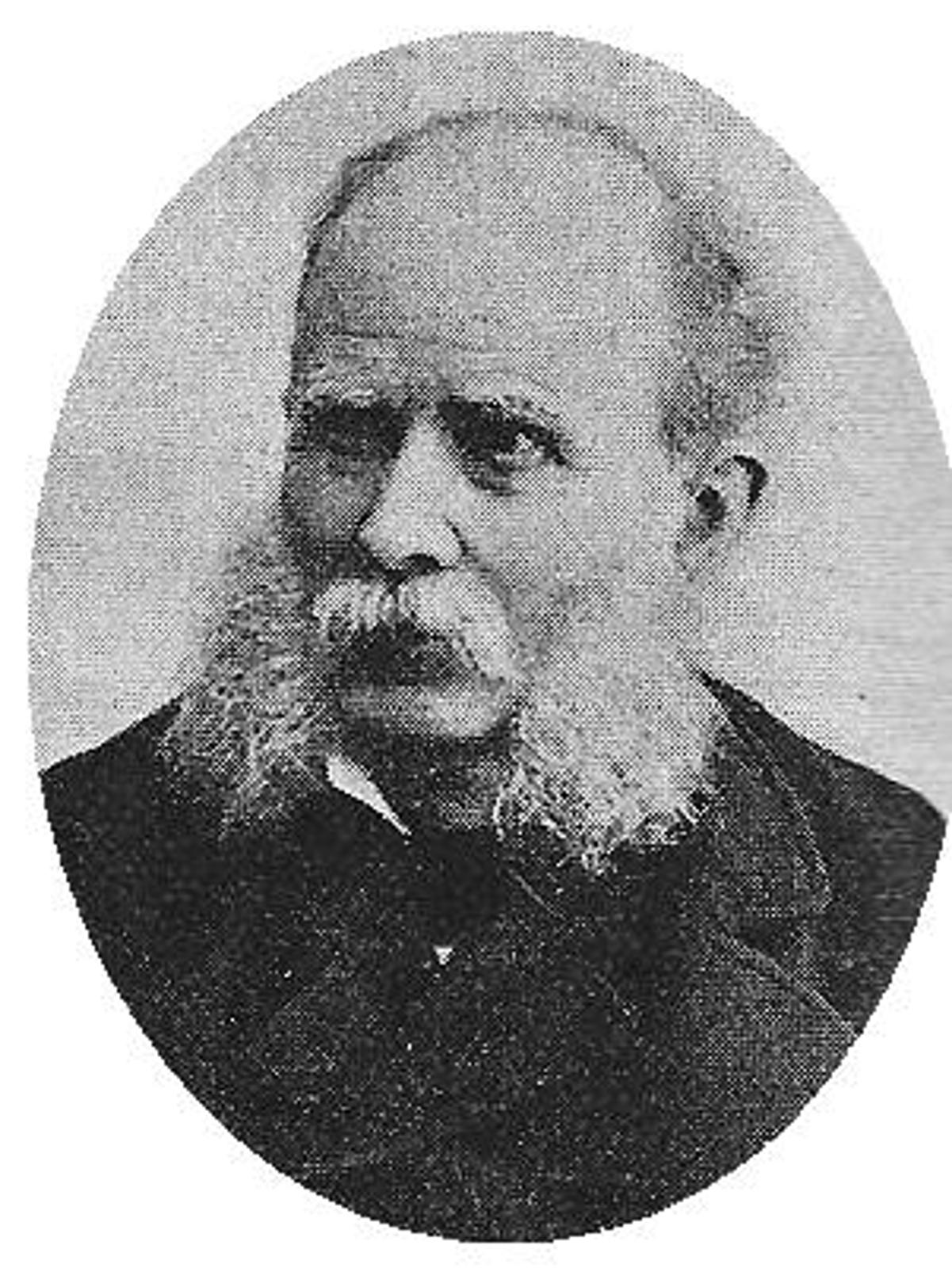
Alas, late in life he made one final discovery. "I do not know how to market anything”
Despite all his efforts, no one, at least no one with enough cash, had the vision to take on his ideas and turn them into a commercial success.
But that wasn’t the end of the Ictineo dream.
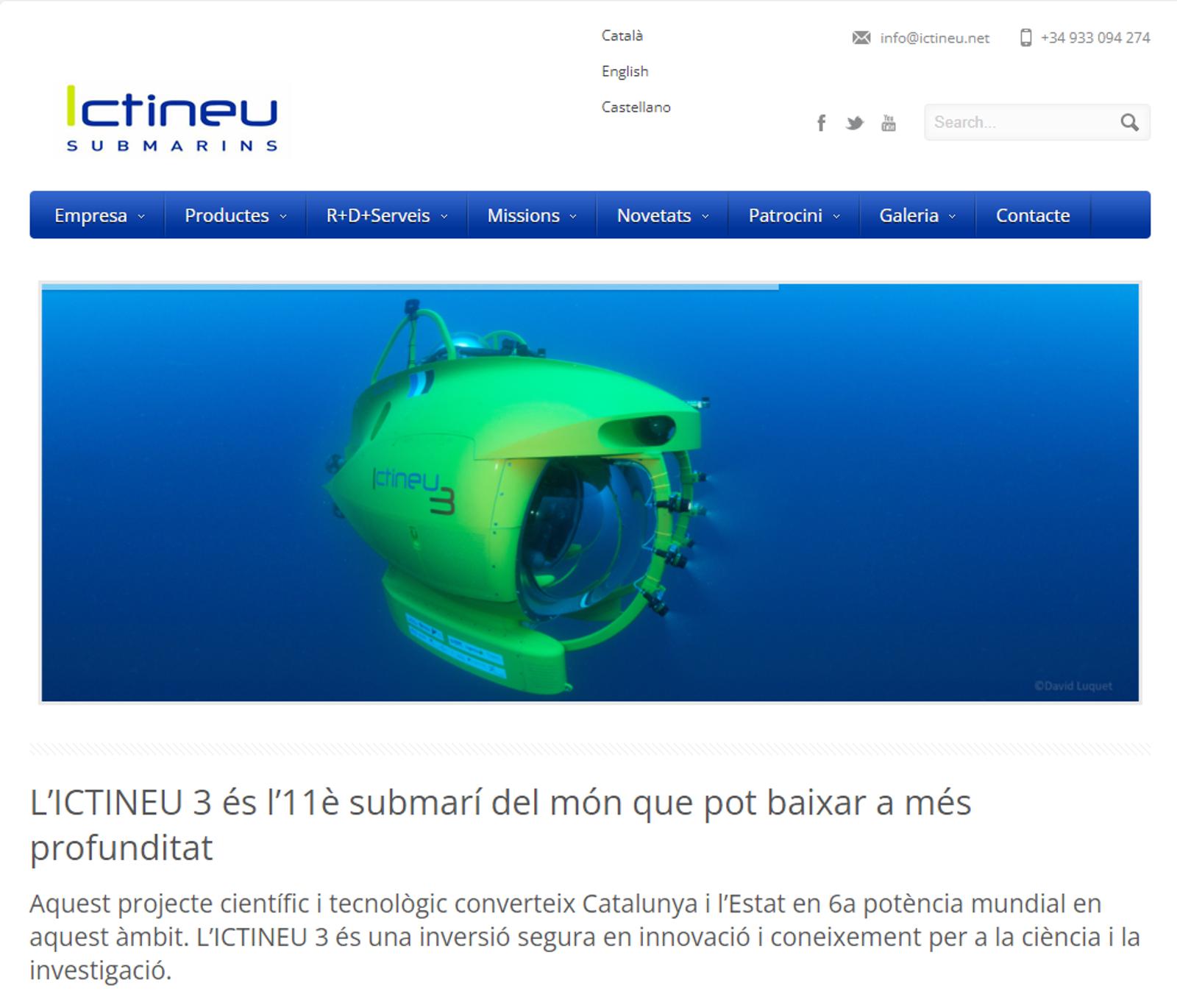
In 2013, a new Ictineo was created - the Ictineu 3
It’s been used on projects all over the Med and Atlantic and in October 2016 it came ‘home’ to Empordà and found three new archeological sites.
Let’s make a detour on our way back to Cadaqués via the little adjoining bay of Portlligat with an unusual house.
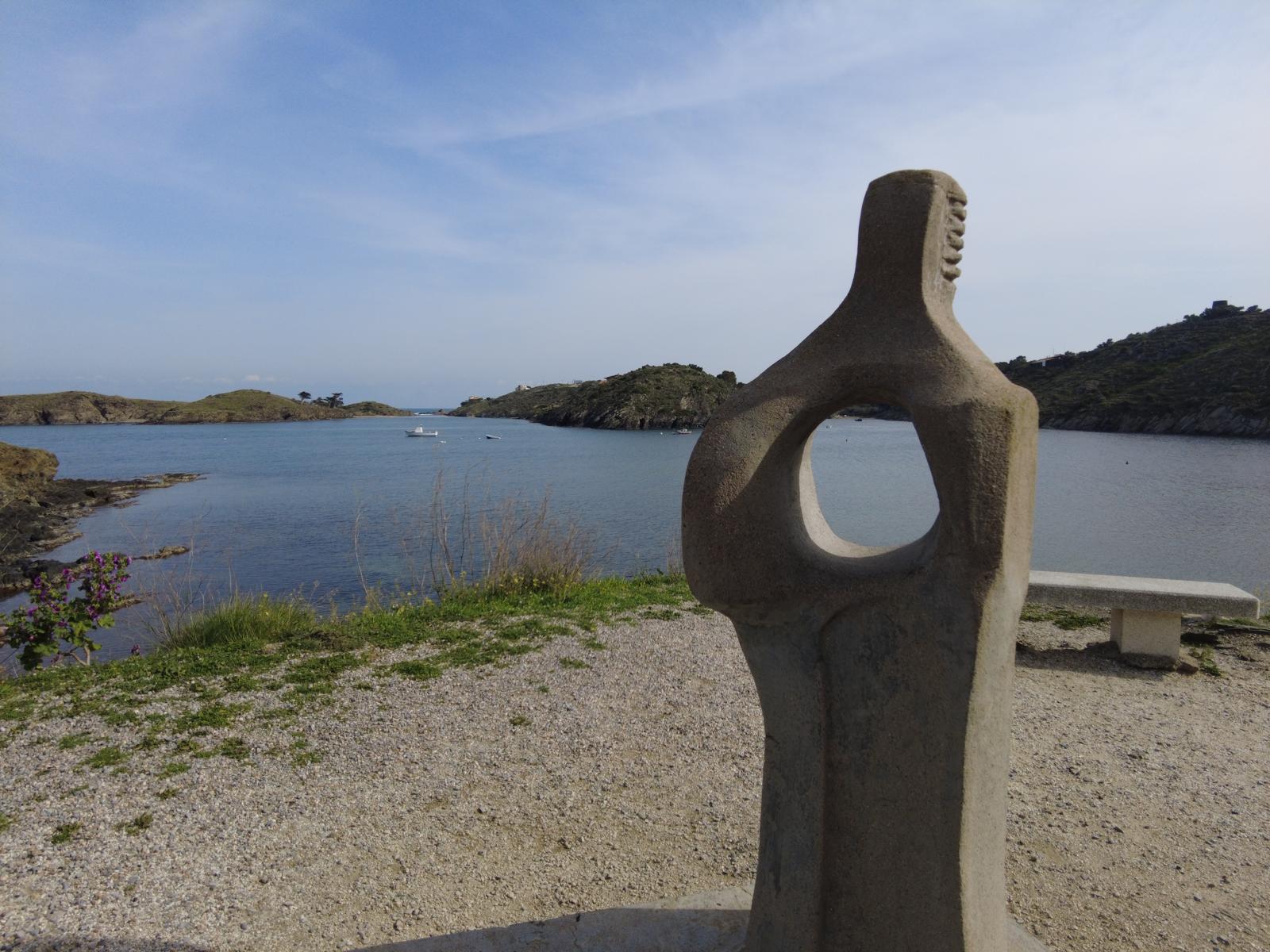
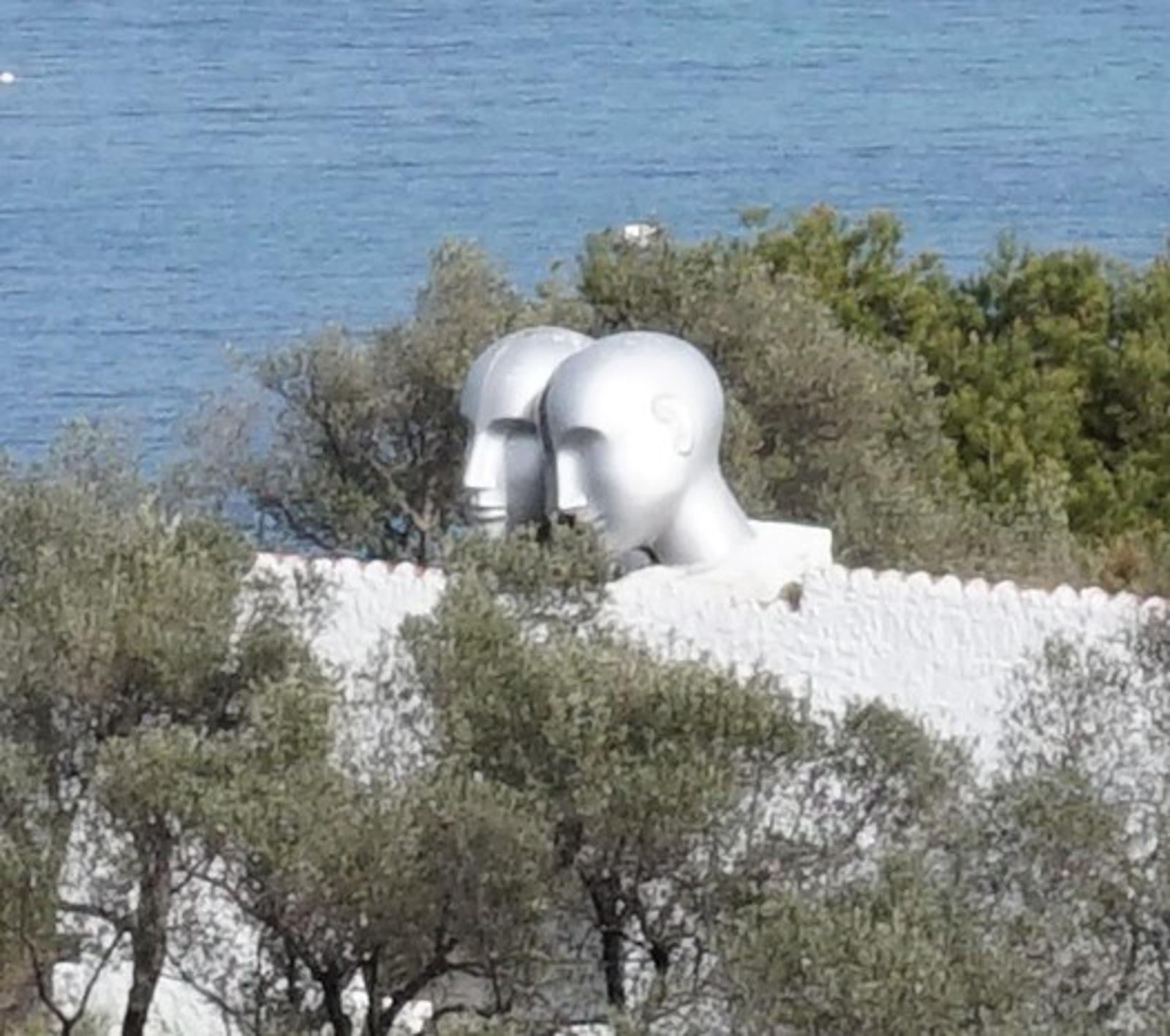
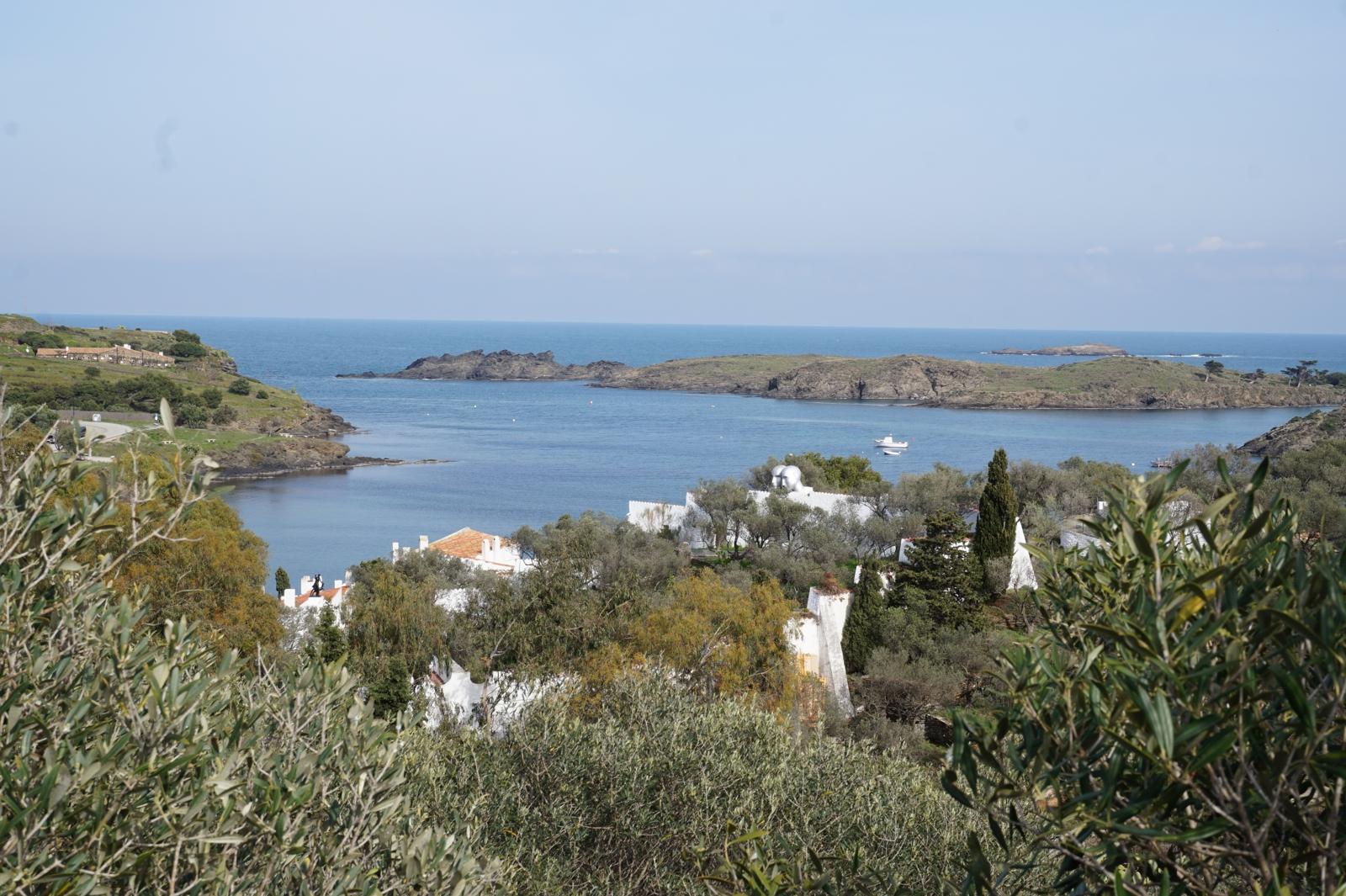

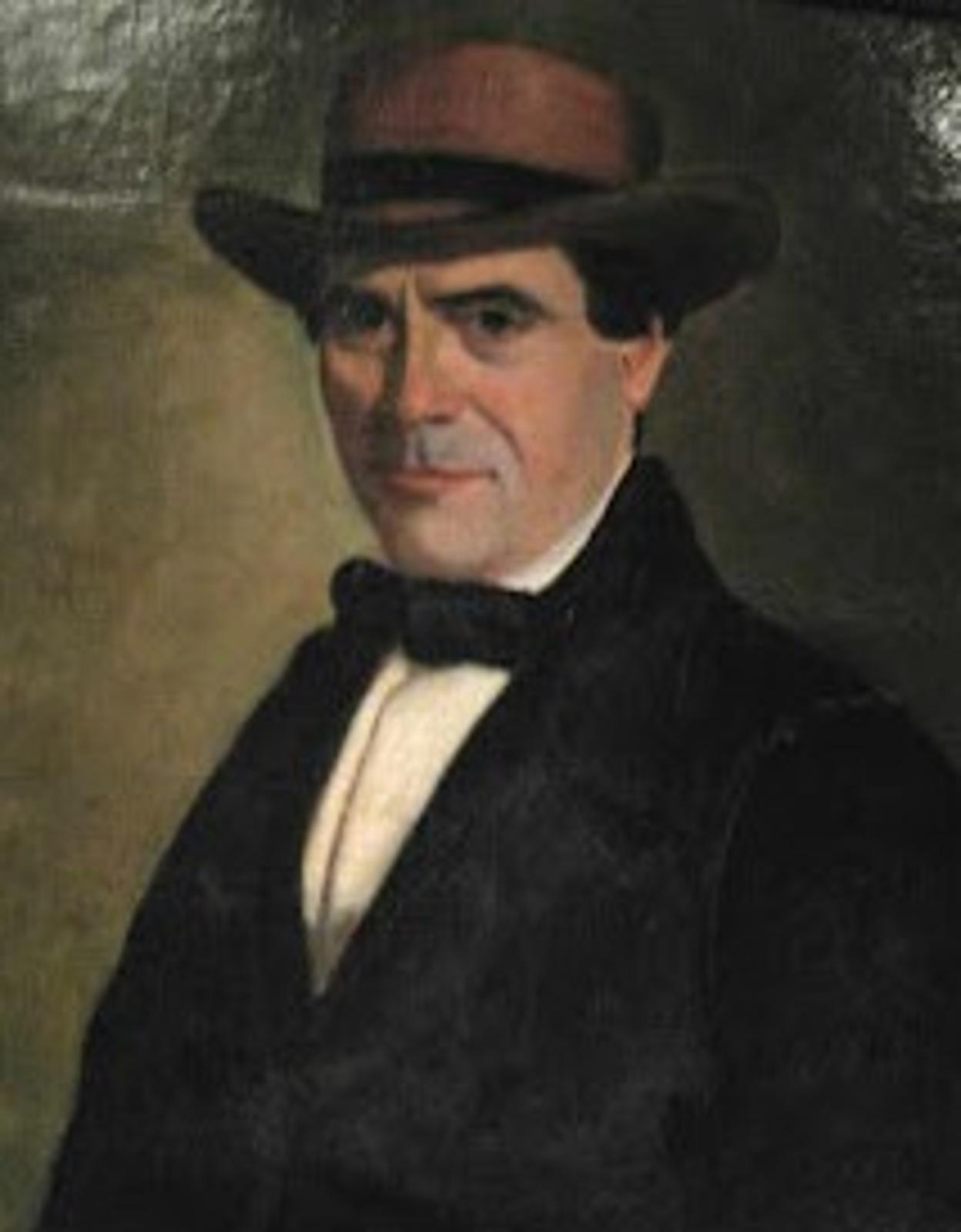
This is the home of Salvador Dali who was another local one of a kind. But one who definitely knew how to market himself.
Oh and by the way, Narcis was also an accomplished artist - here’s something he knocked up when thinking about becoming a portrait painter
and so, it’s back to Cadaques for a beer with a view before going for a little stroll to find a street - Carrer d’en Narcis Monturiol, a street named after the man himself!
It has a museum - starring Salvador Dali…
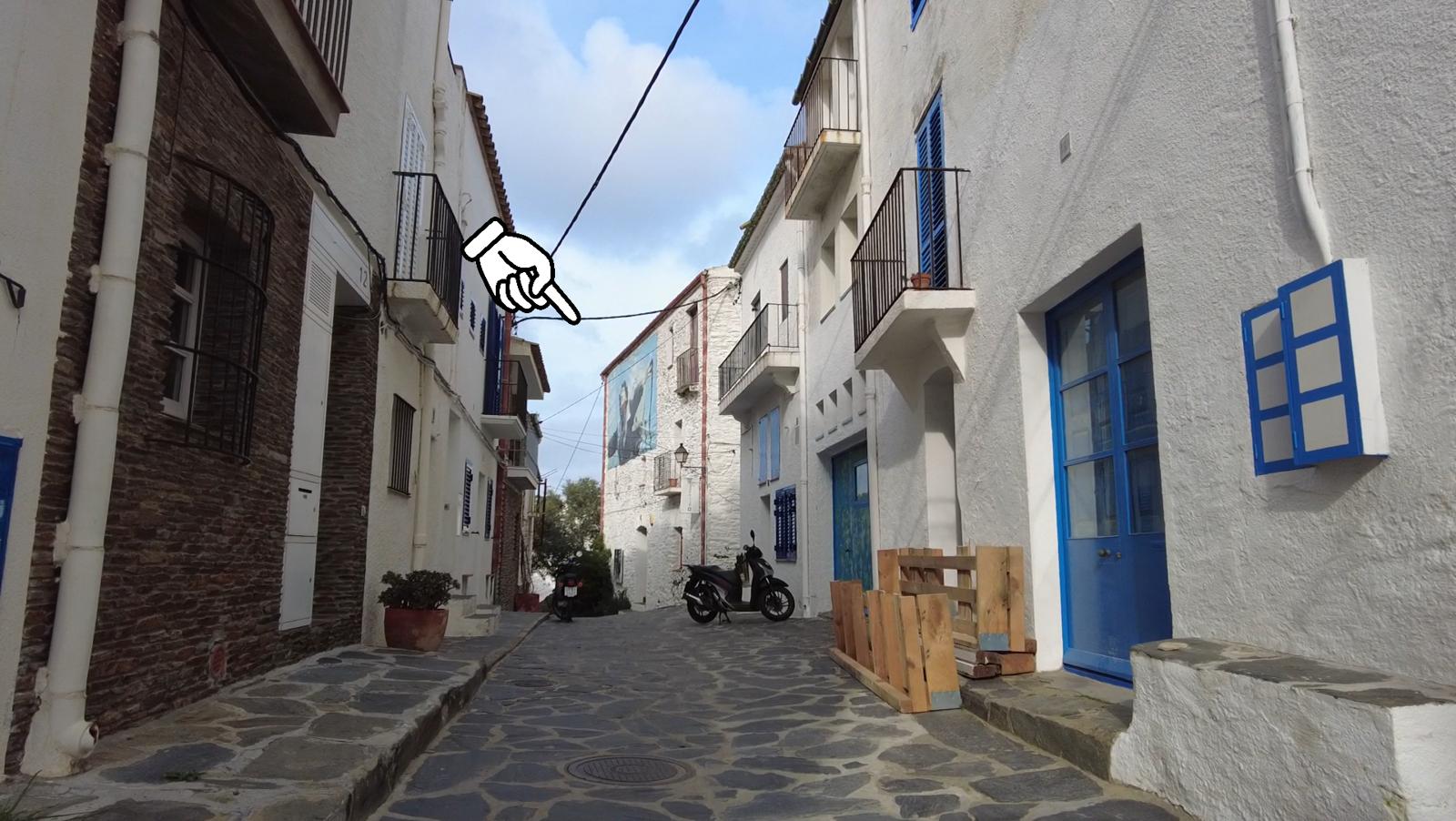
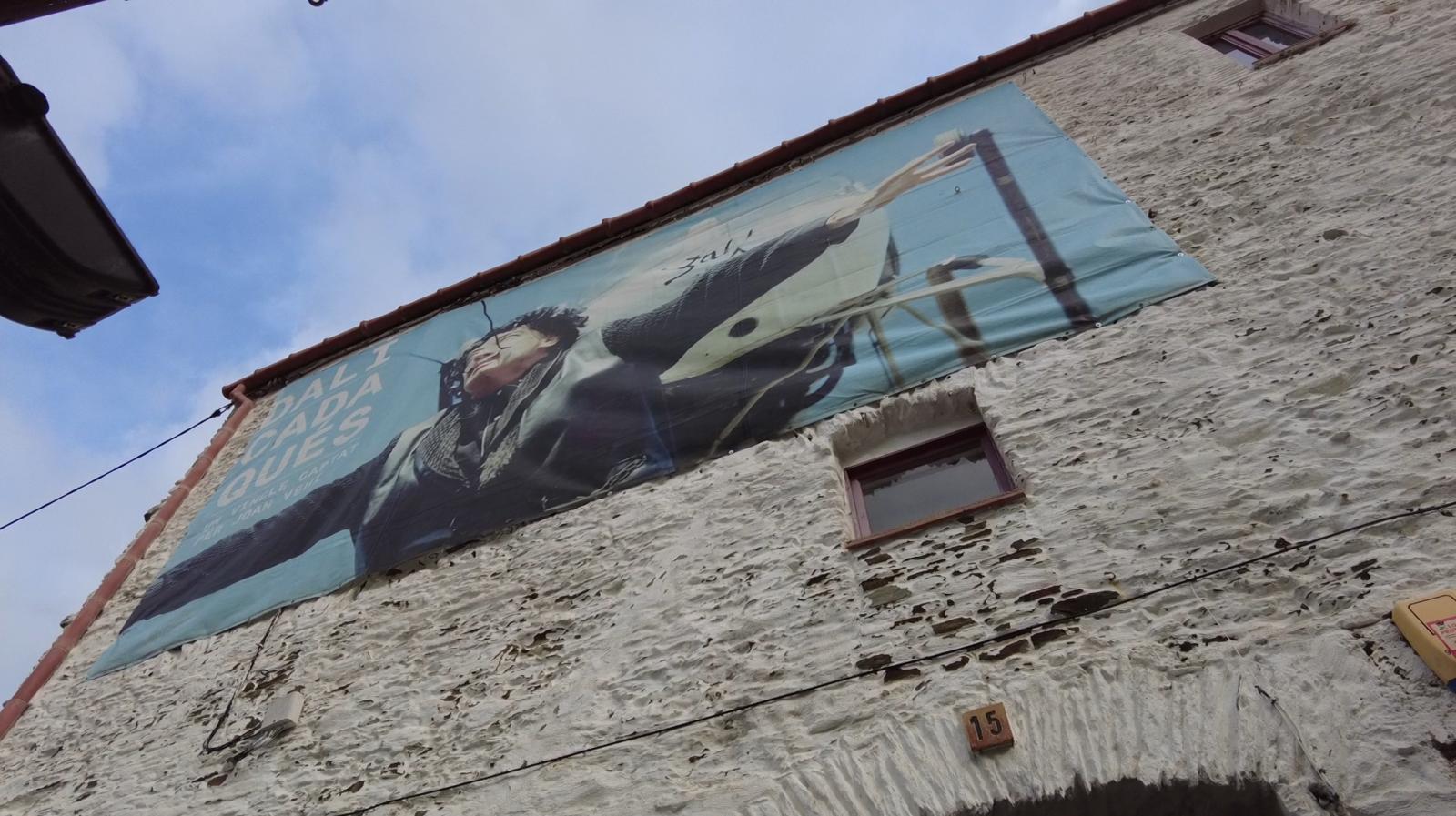
Below is a map with a walk from the bus station at Cadaqués to Cap de Creus going past the Museum (1), the Tourist Information office where you can pick up a map of walks (2), Salvador Dali House museum (3), a possible place where Narcis Monturiol saw the coral fishermen (4) and the lighthouse with awesome views (5).
Interactive Map
How to get here
Cadaqués isn’t on a train line, but you can get there by public transport from Figueres or Girona (via Roses)
The No. 12 bus is actually a coach with Wi-Fi and runs eight times a day and takes about 1 hour.
The No. 4 goes from Girona and takes about 2 hours.
Useful info
Tourist info: www.visitcadaques.org
For buses www.moventis.es